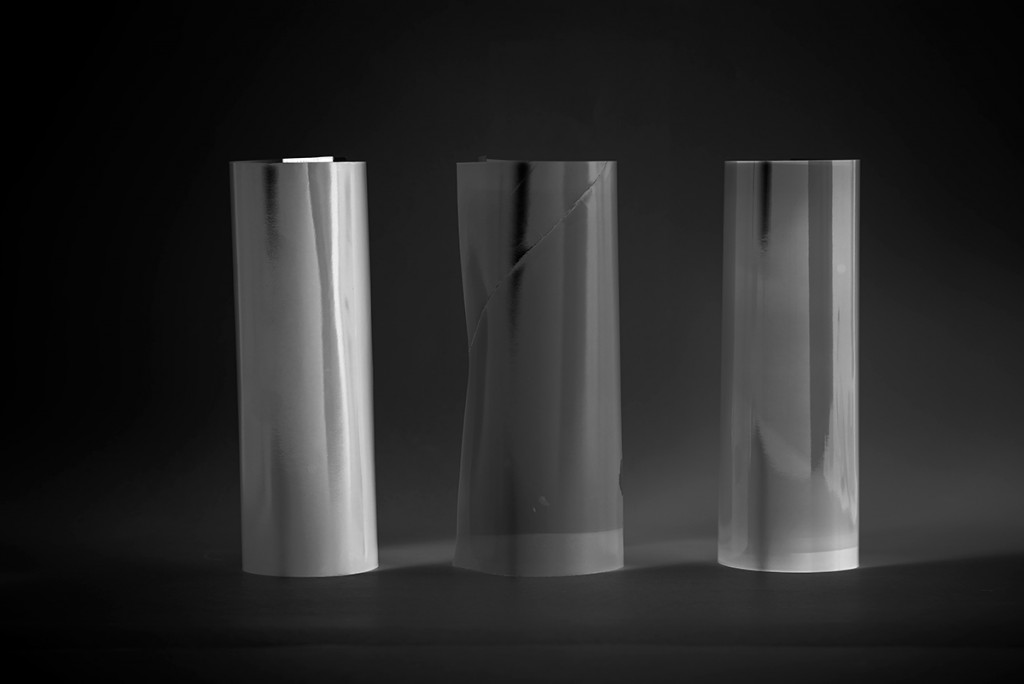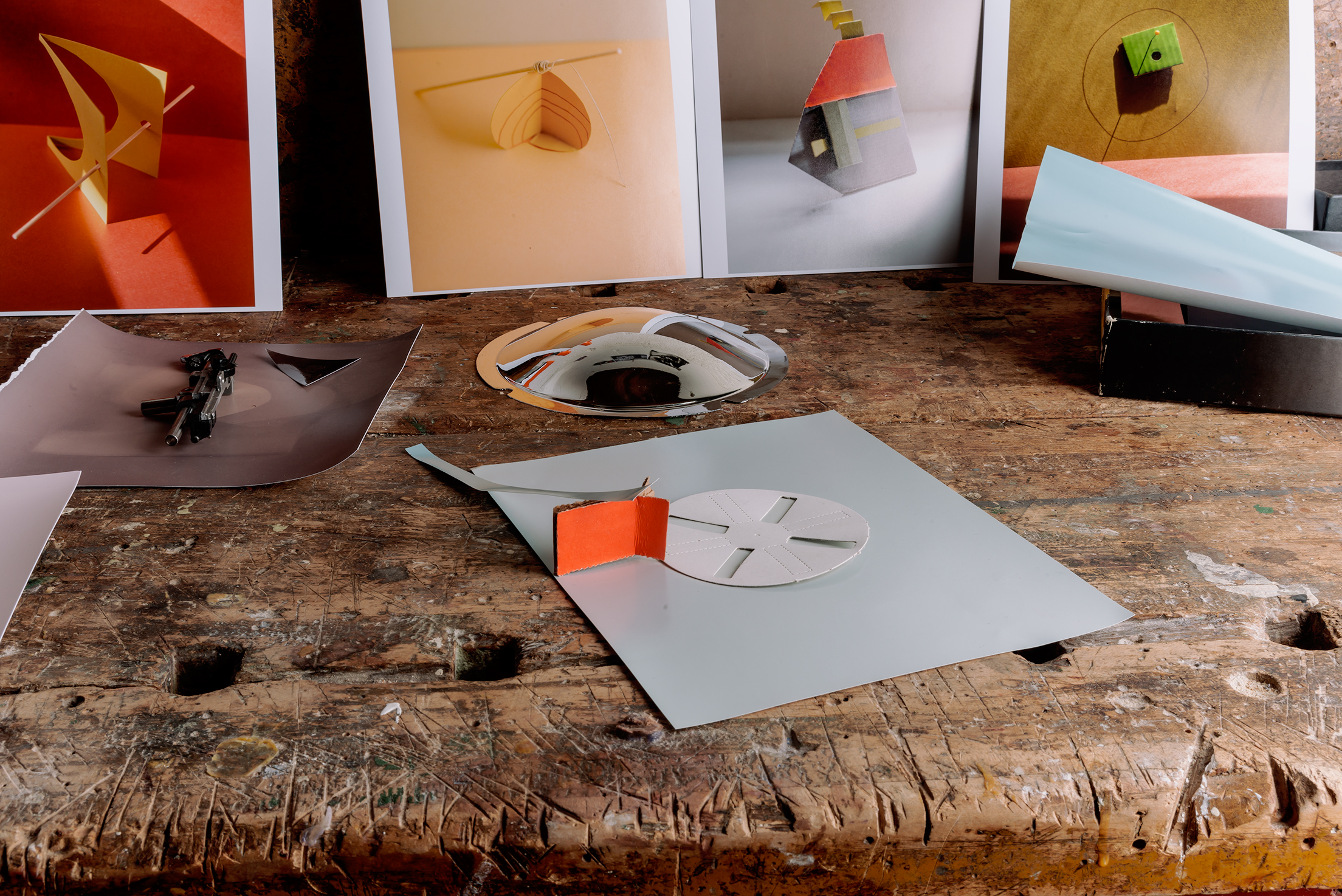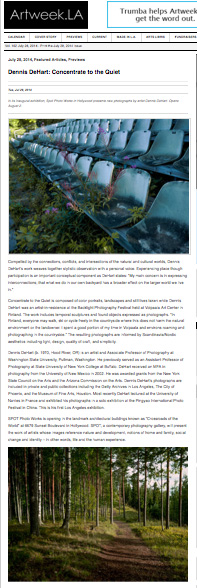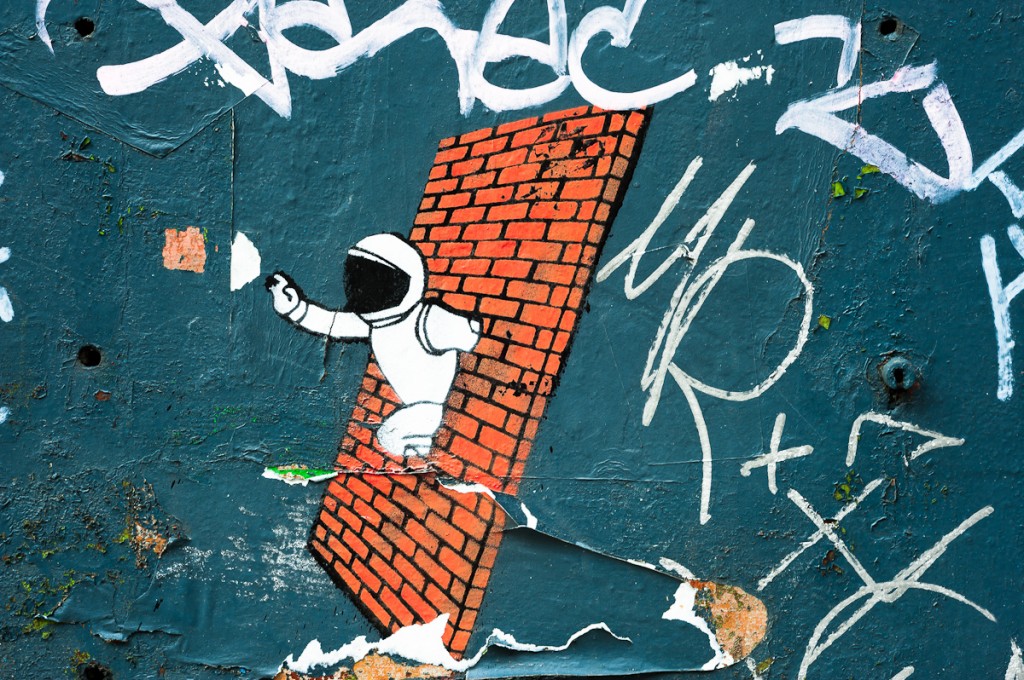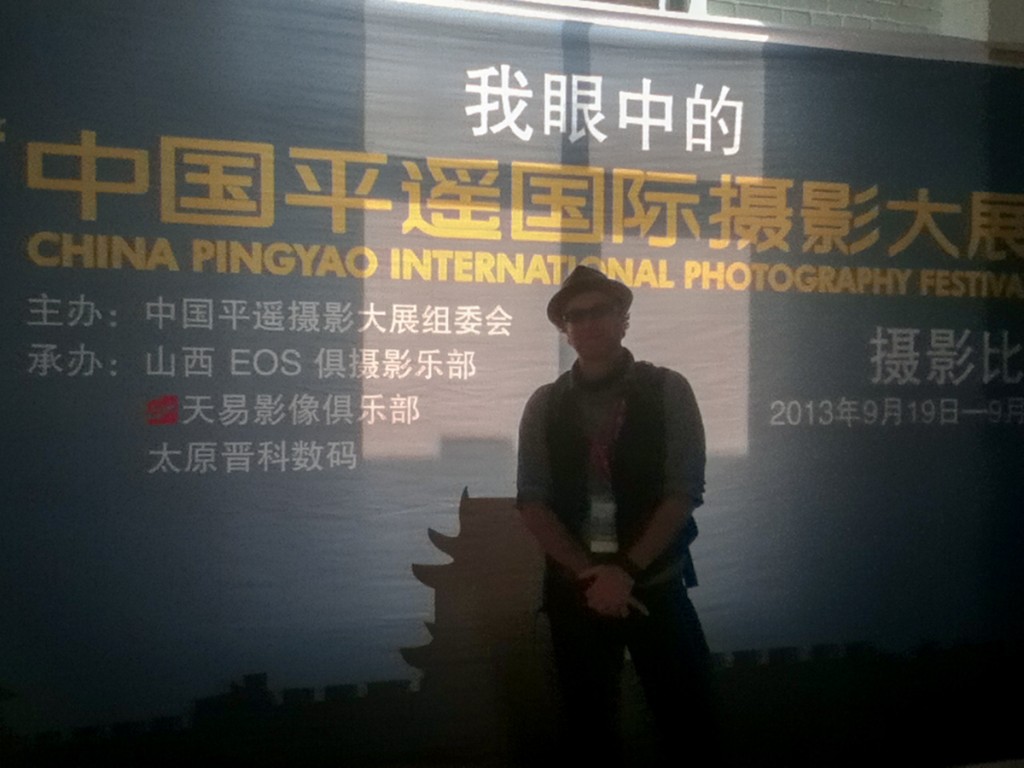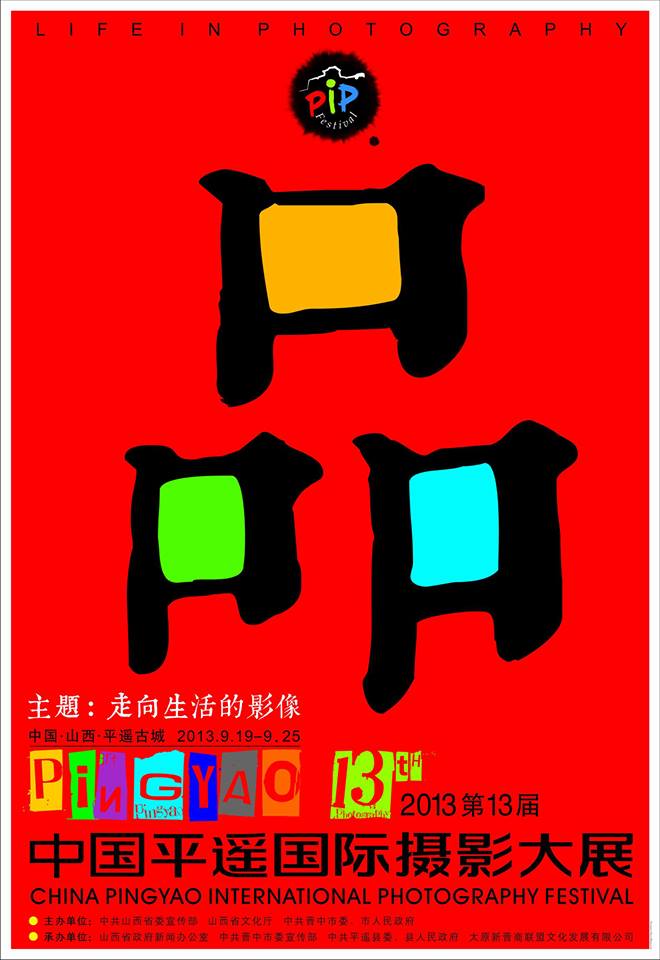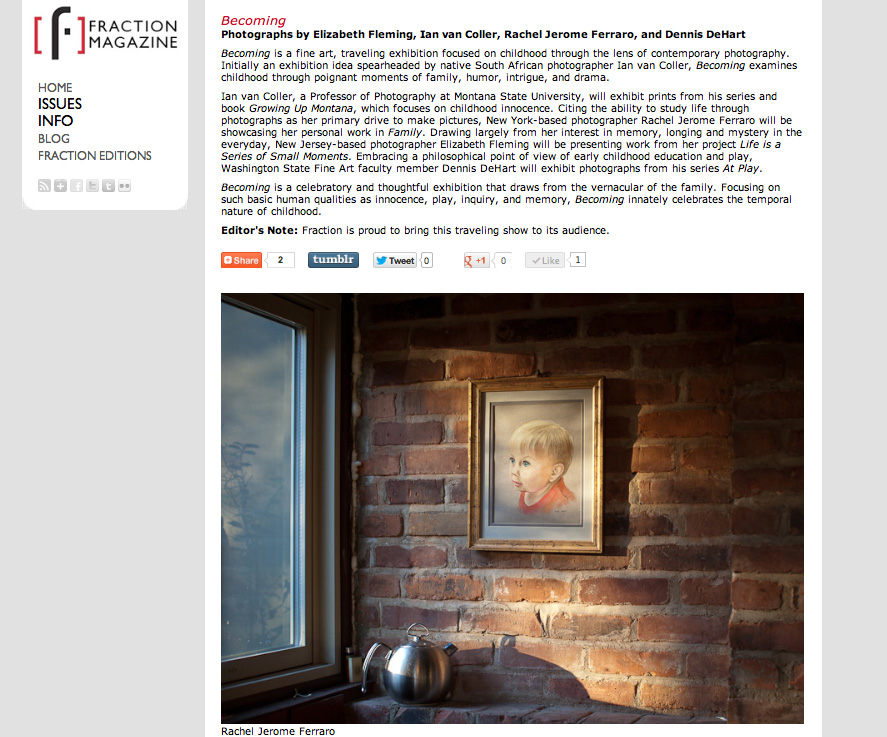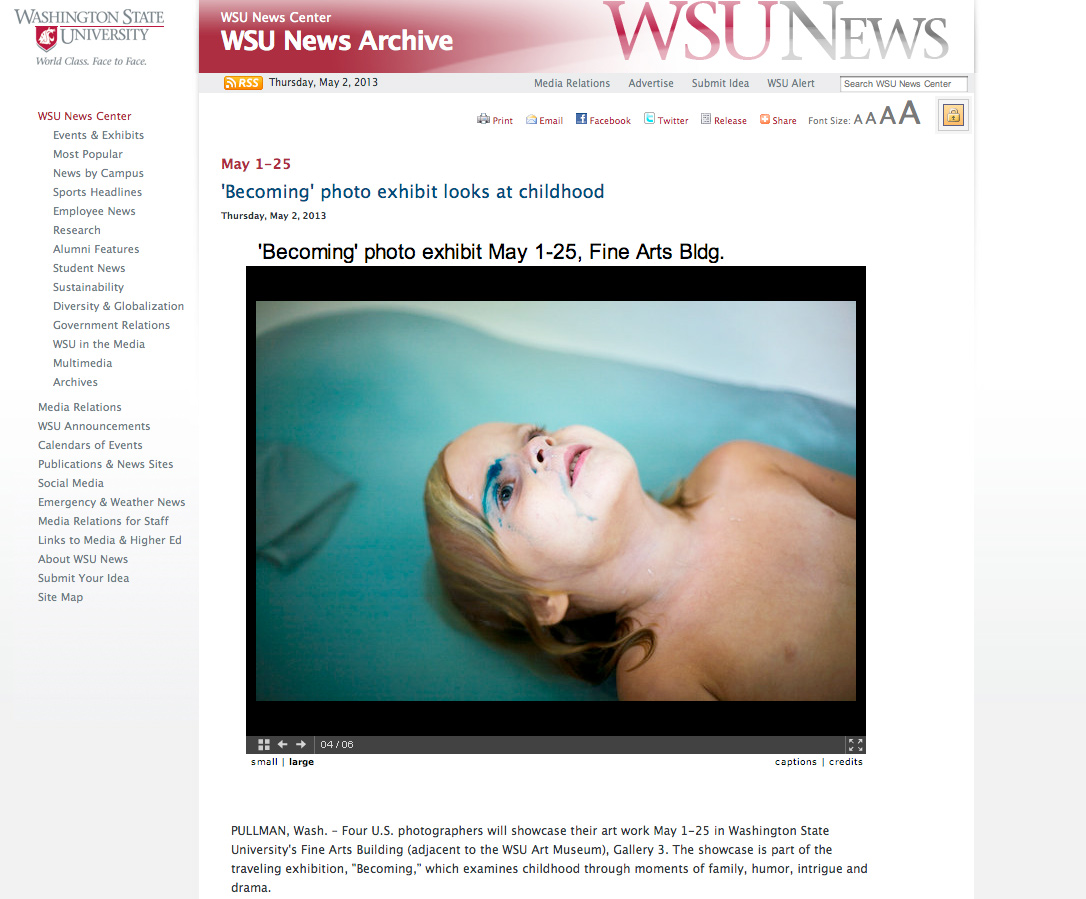







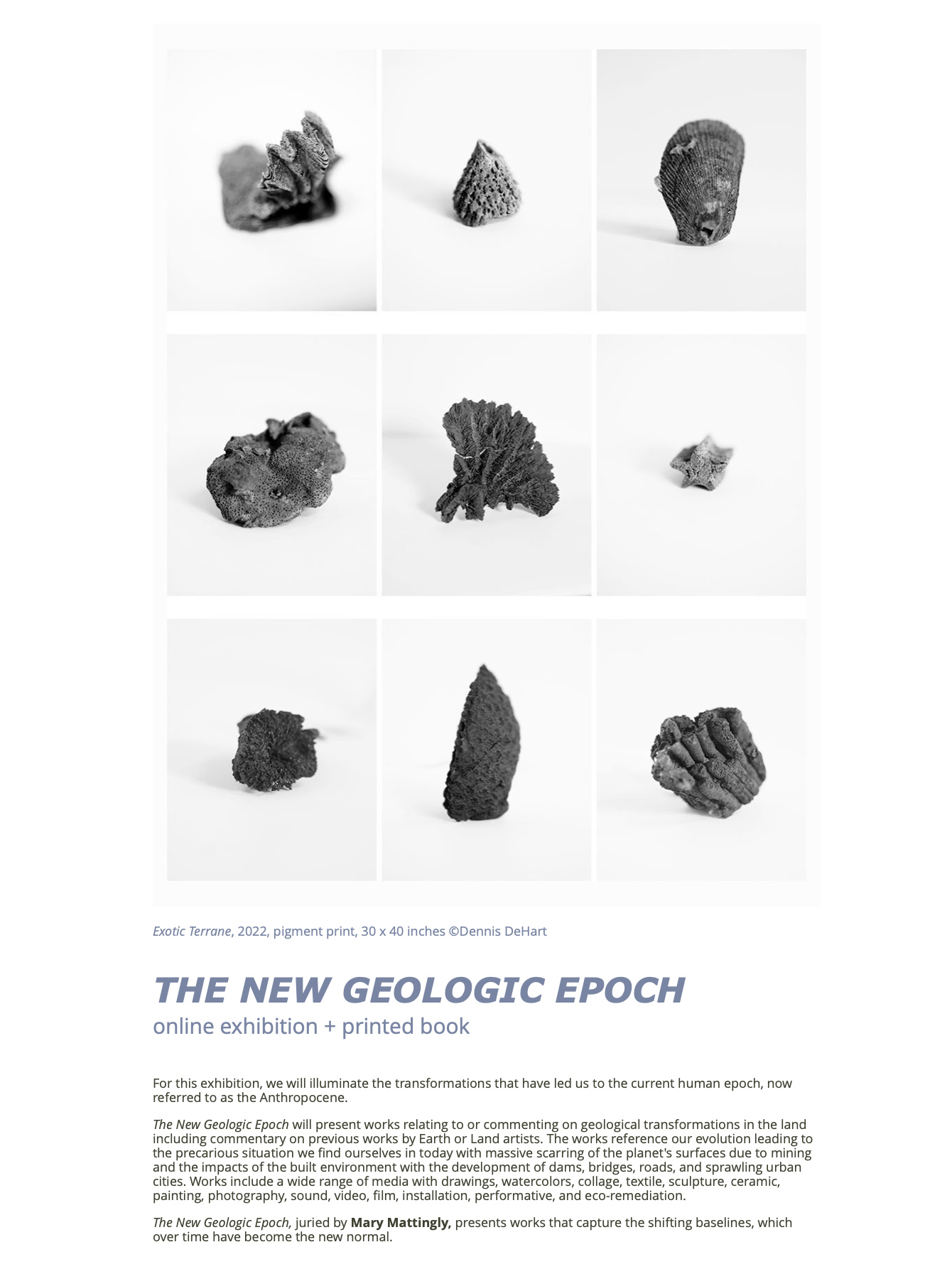
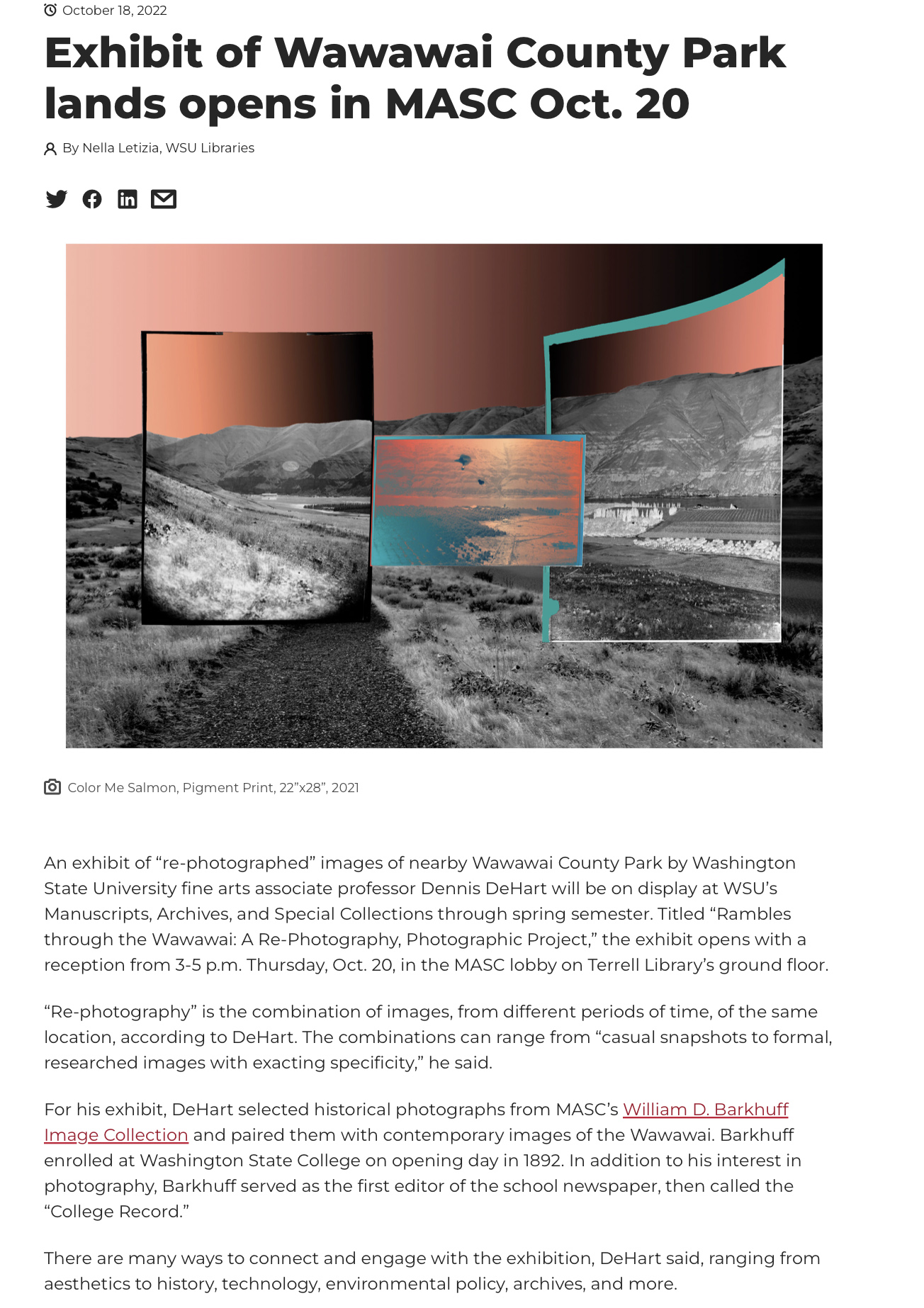
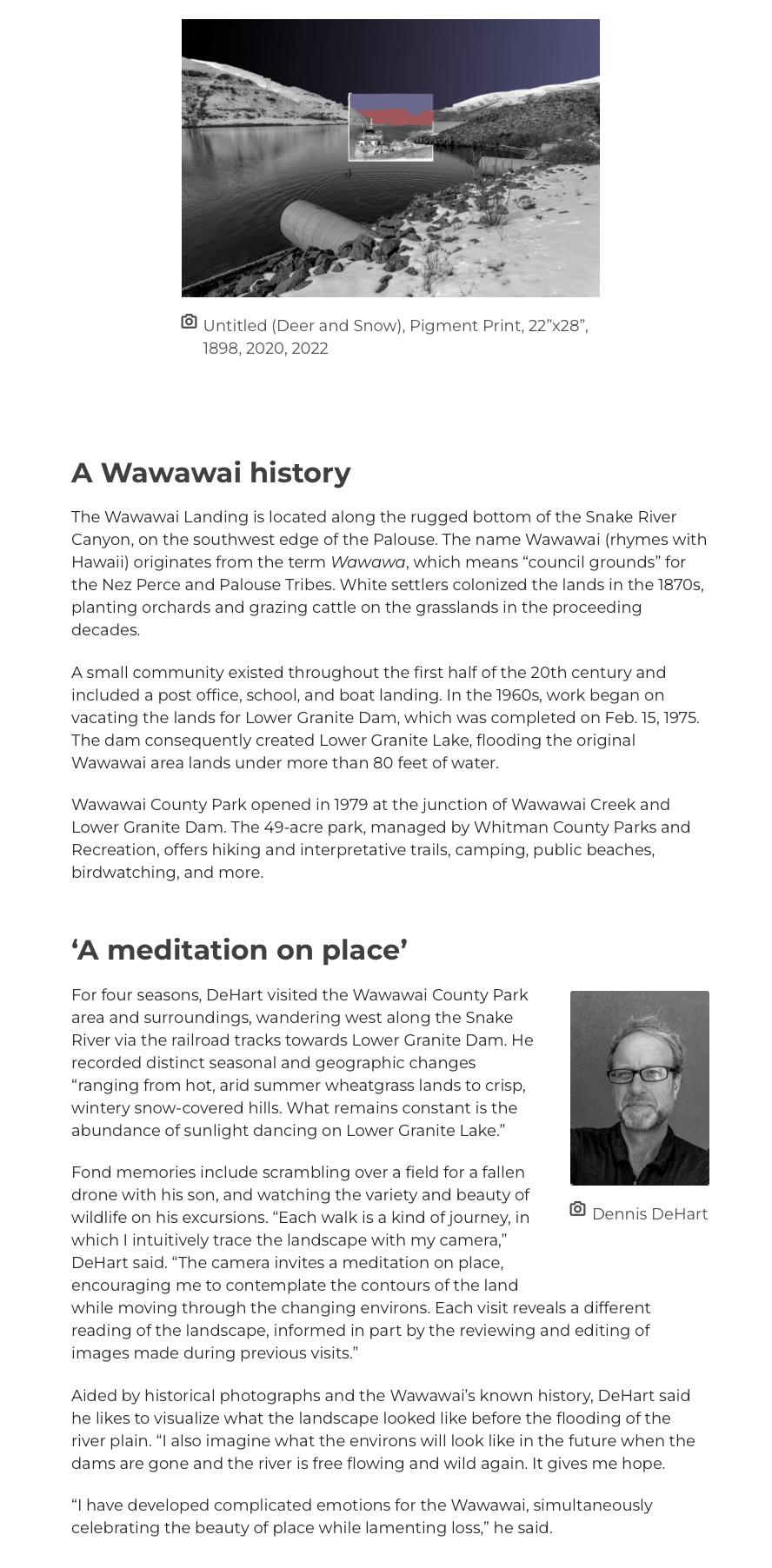
May 30, 2022
For Release Time
Moscow Contemporary Opens Two Exhibitions
Moscow— May 30, 2022
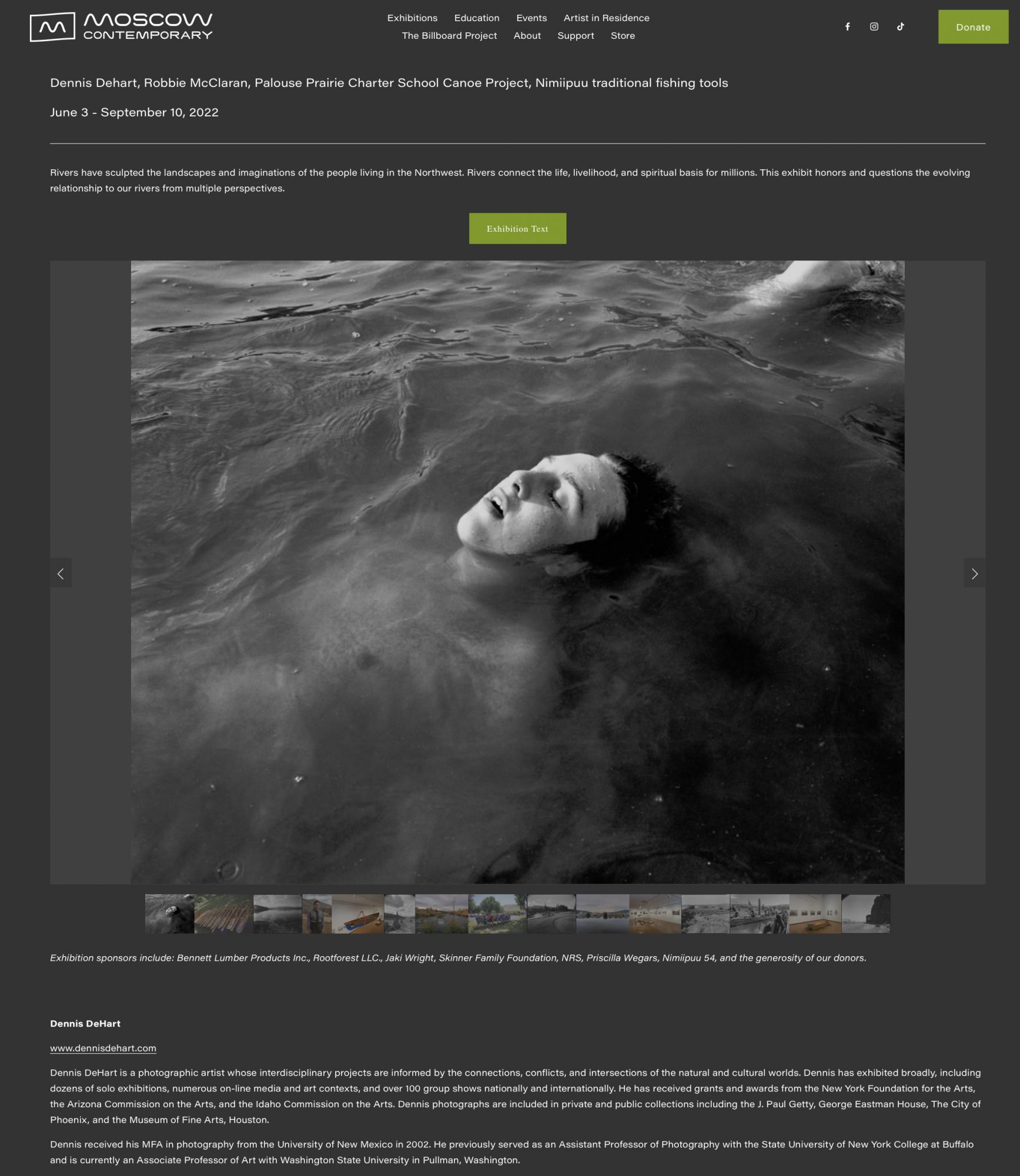
For Moscow Contemporary’s third exhibit we present “Picuun, I Am Water” photographic and object exhibit with Dennis DeHart, Robbie McClaran, Palouse Prairie Charter School Canoe Project, and Nimiipuu traditional fishing tools. The exhibition runs from June 3 to September 10, 2022. There are two receptions, an Opening Reception: June 3, 5–7 p.m., and a special Canoe Project Reception: June 9, 5–7 p.m. All receptions are open to the public.
Rivers have sculpted the landscapes and imaginations of the people living in the Northwest. Rivers connect the life, livelihood, and spiritual basis for millions. This exhibit honors and questions the evolving relationship to our rivers from multiple perspectives. Following the interwoven complexity that rivers play in our environment and psyche, the exhibit pulls from multiple sources and perspectives to consider the role of rivers and waters in our lives.
McClaran recently completed his 8-year project to photograph the entire length of the Columbia River from its source in British Columbia to the estuary at the Pacific Ocean. He used an antique 8”x10” camera that uses sheet film, harkening back to traditional format of landscape photography, while including the layering of industrialization on the river’s mighty flow.
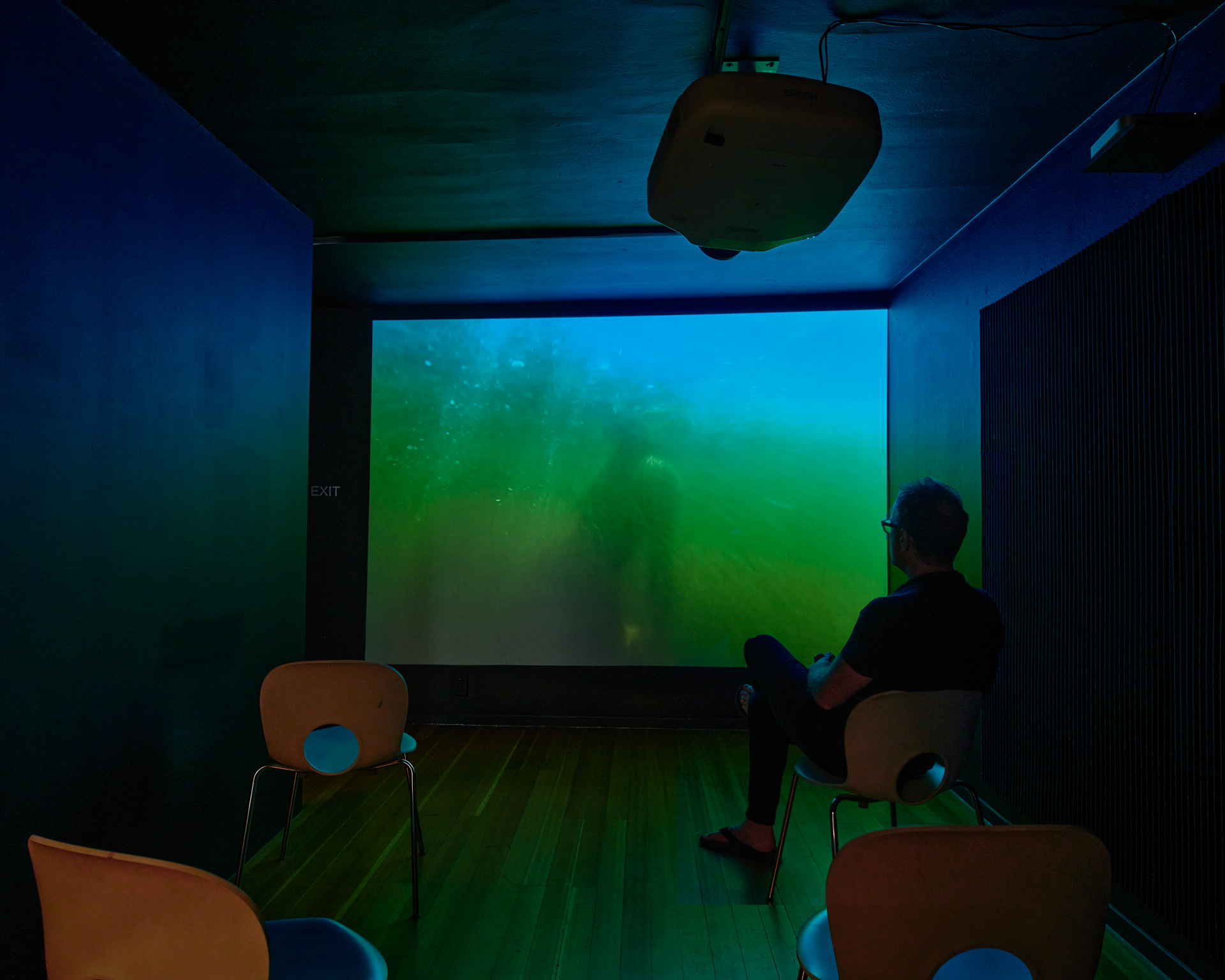
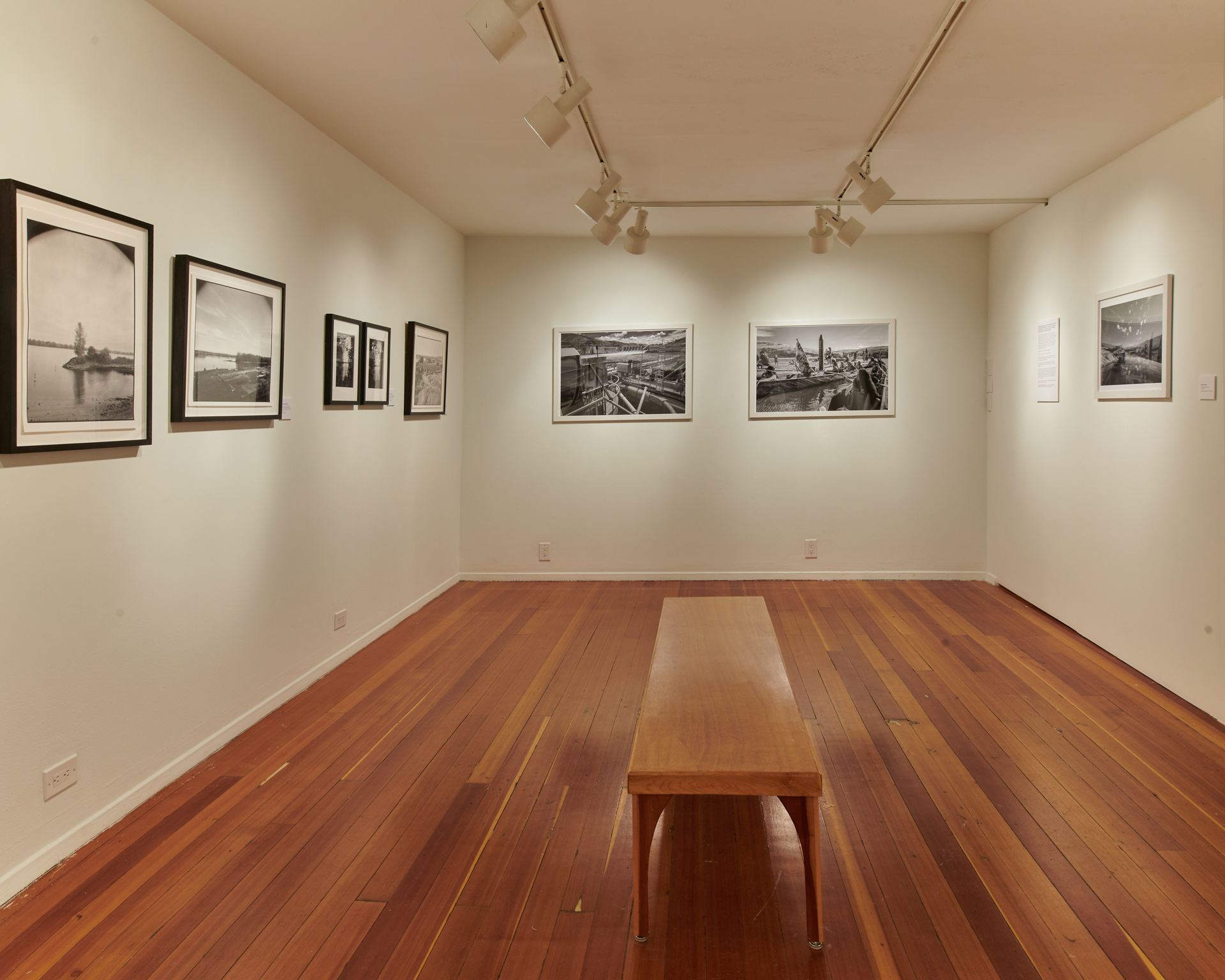
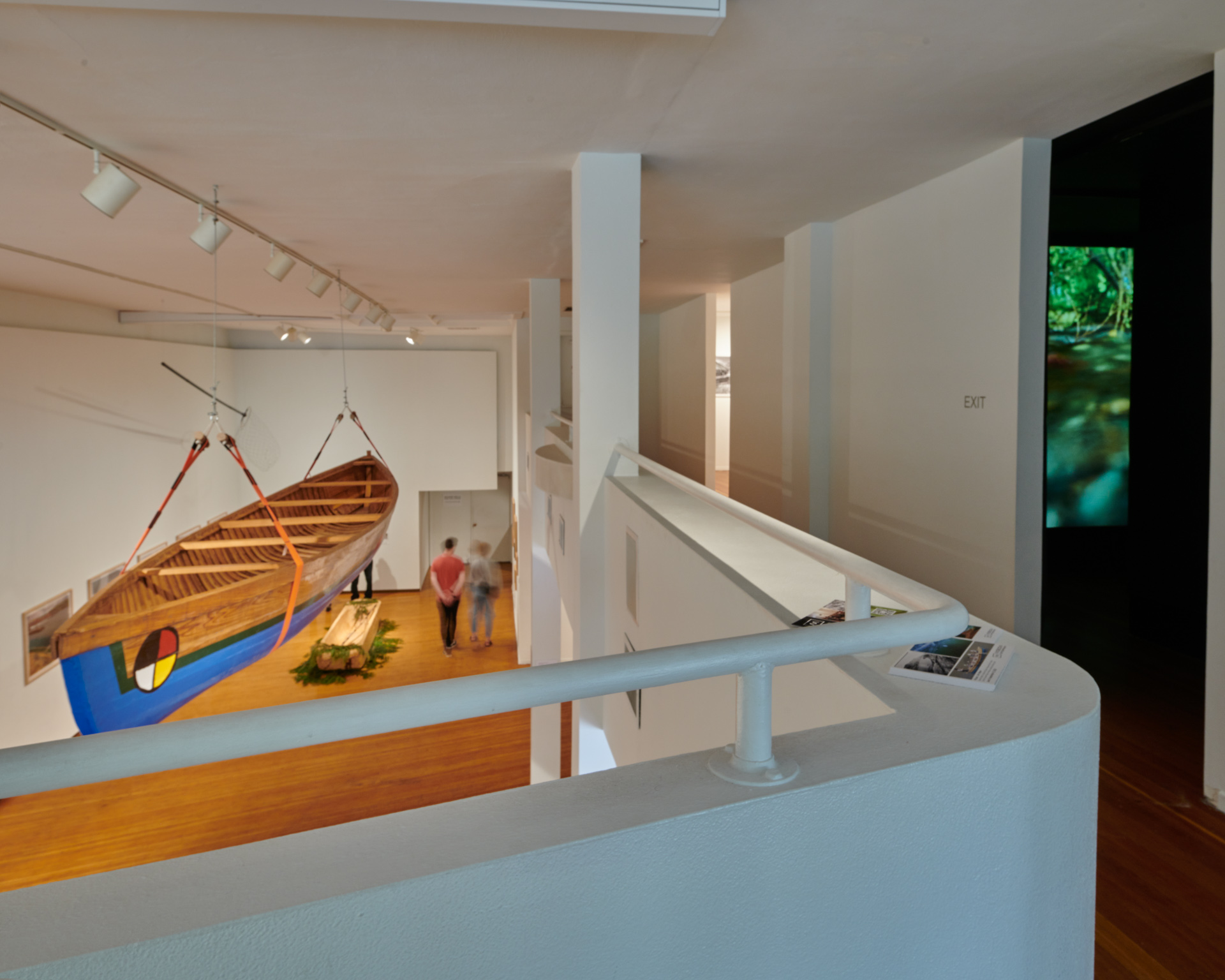
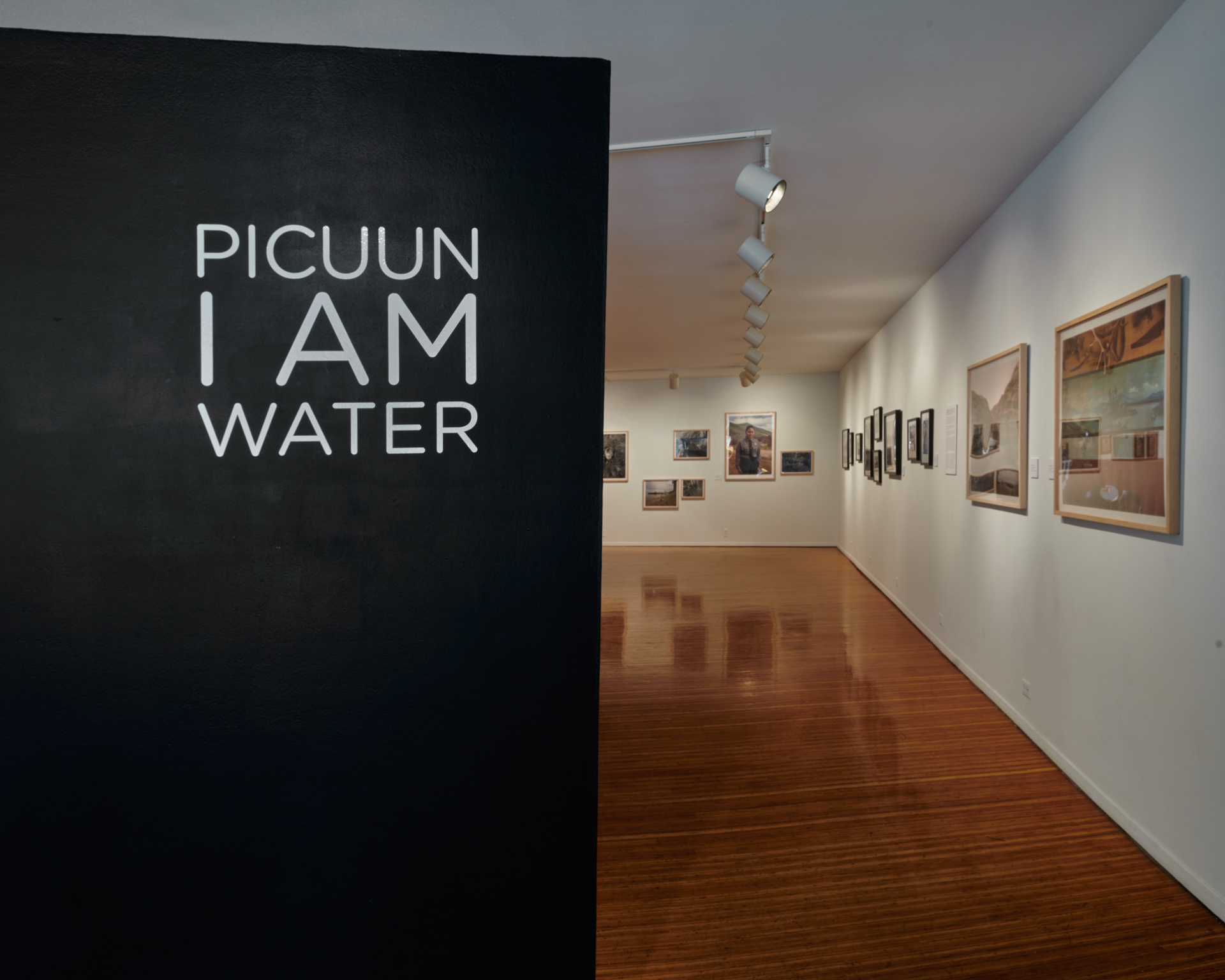
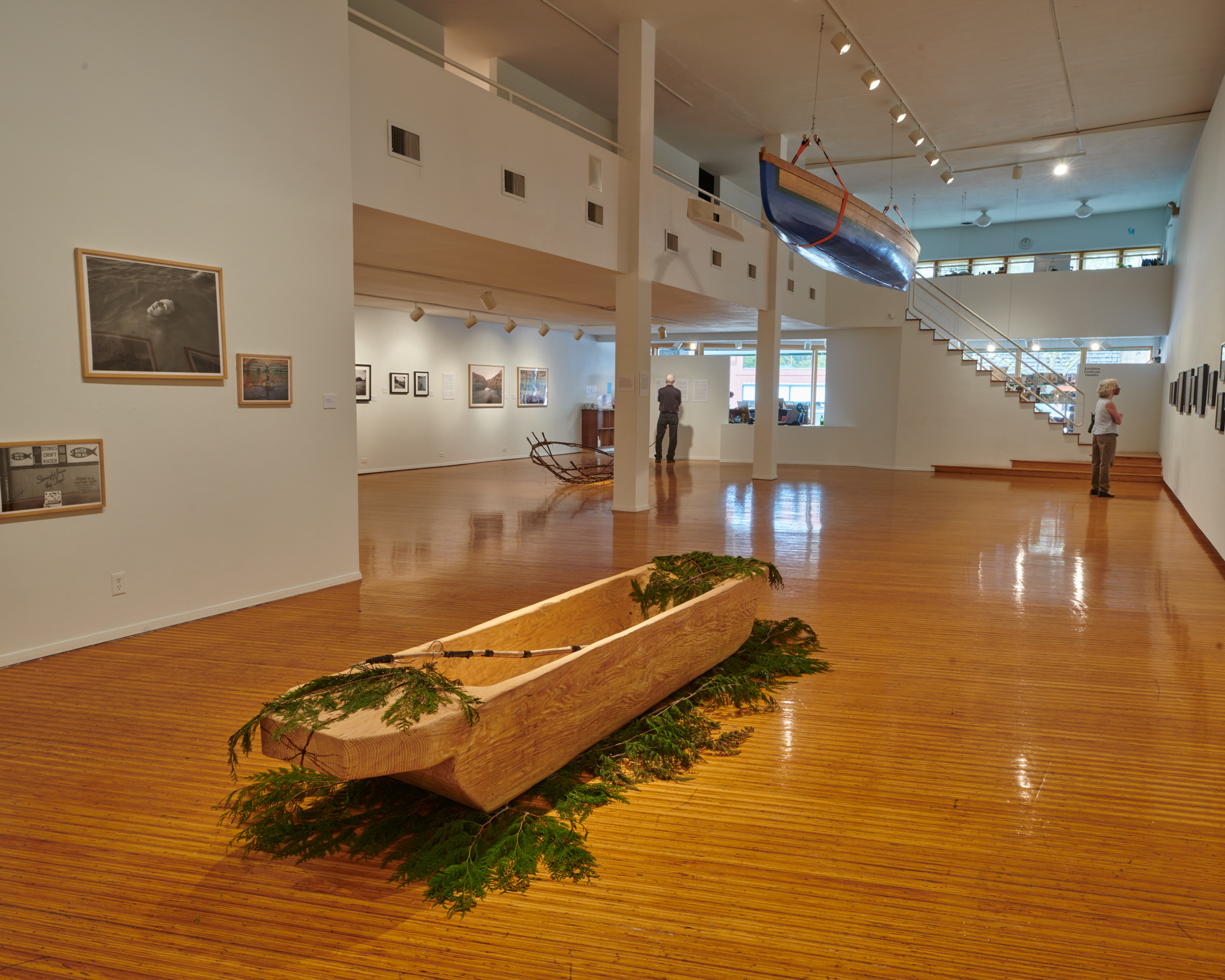
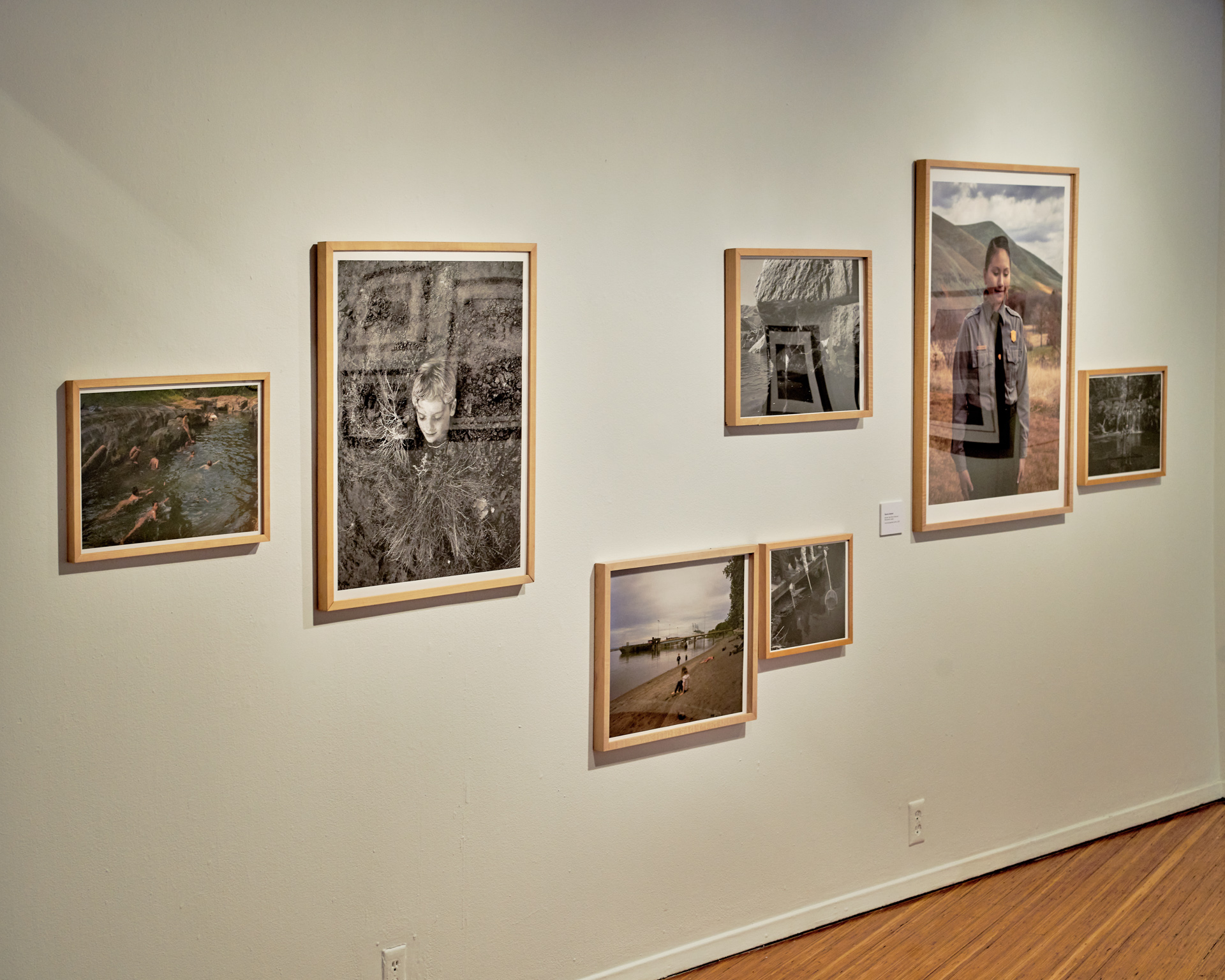
Dennis DeHart uses the latest imaging technologies to explore our environment, at the surface, underwater, or with drones. Dehart has spent most of his life in and around the rivers of the Pacific Northwest. His work is at the intersection of personal, familial, and societal concerns.
To hyper-localize “Piccuun, I Am Water” the exhibit includes two canoes built by fourth grade students at Palouse Prairie Charter School. Building the canoes has become an integral part of the fourth-grade school year, as they study history, personal stories, culture, and the environment. One canoe is a David Thompson style cedar plank canoe from 2018, the other is this year’s traditional Nimiipuu dugout canoe, given the name Himyume, “Relative,” at its launch on the Snake River.
The contested nature of the region’s rivers is most apparent in the difference between Native American and non-Native perspectives. This is acknowledged in the photographers’ work, made present to the students participating in the canoe project, and included in the exhibit through Nimiipuu fishing equipment and in the text throughout the exhibit written by Nimiipuu tribal member Gary Dorr.
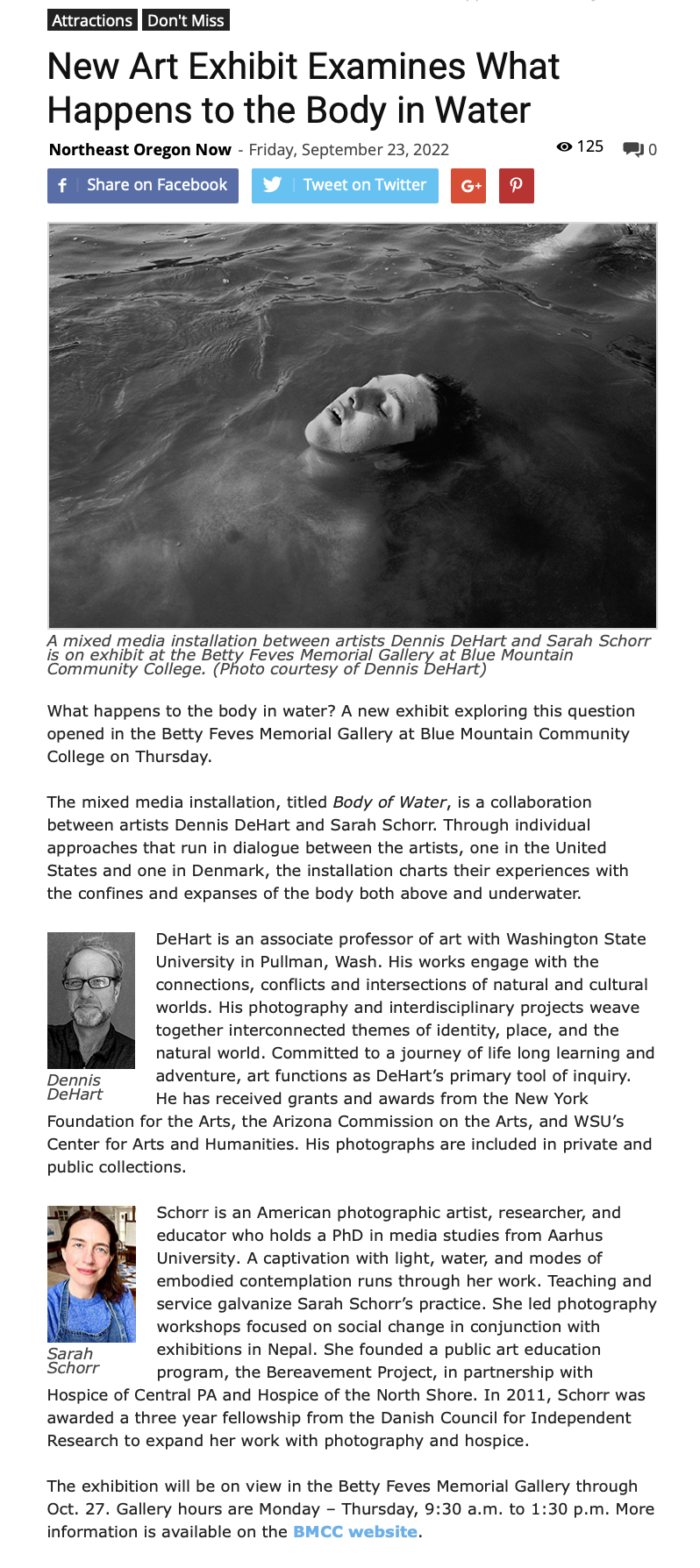
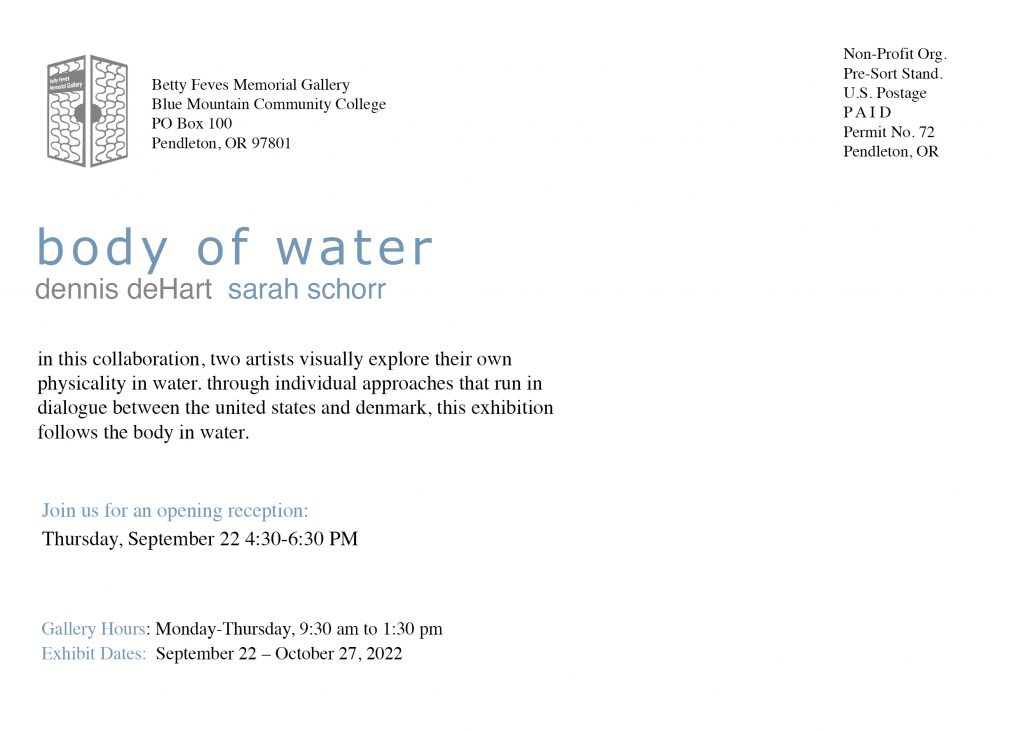
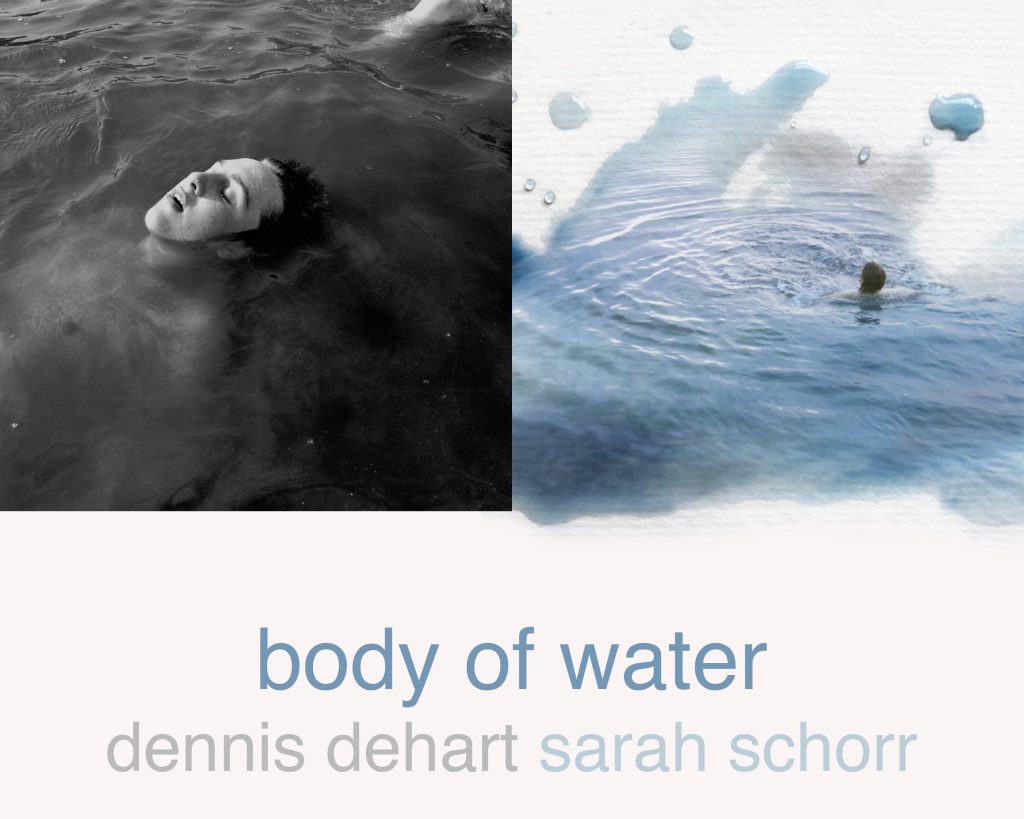

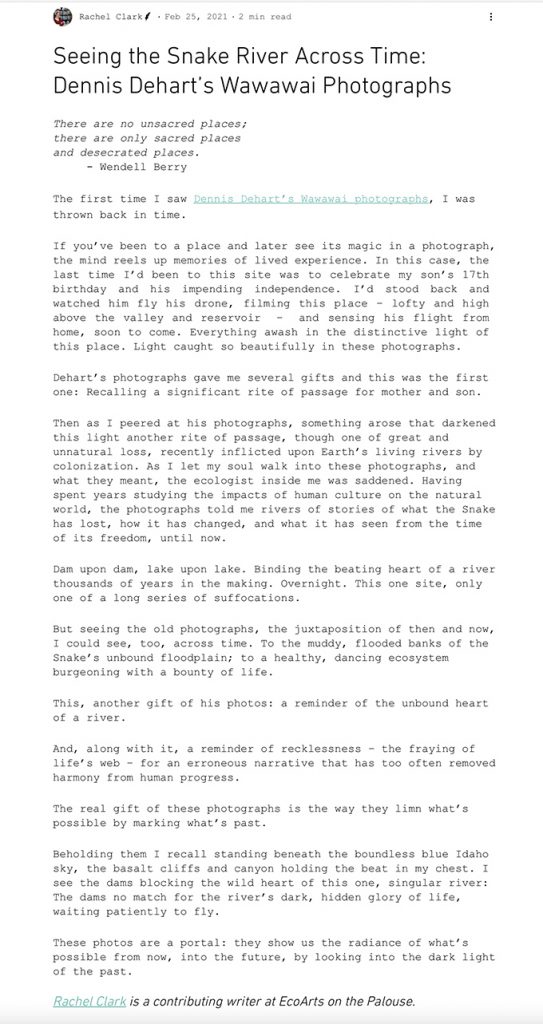
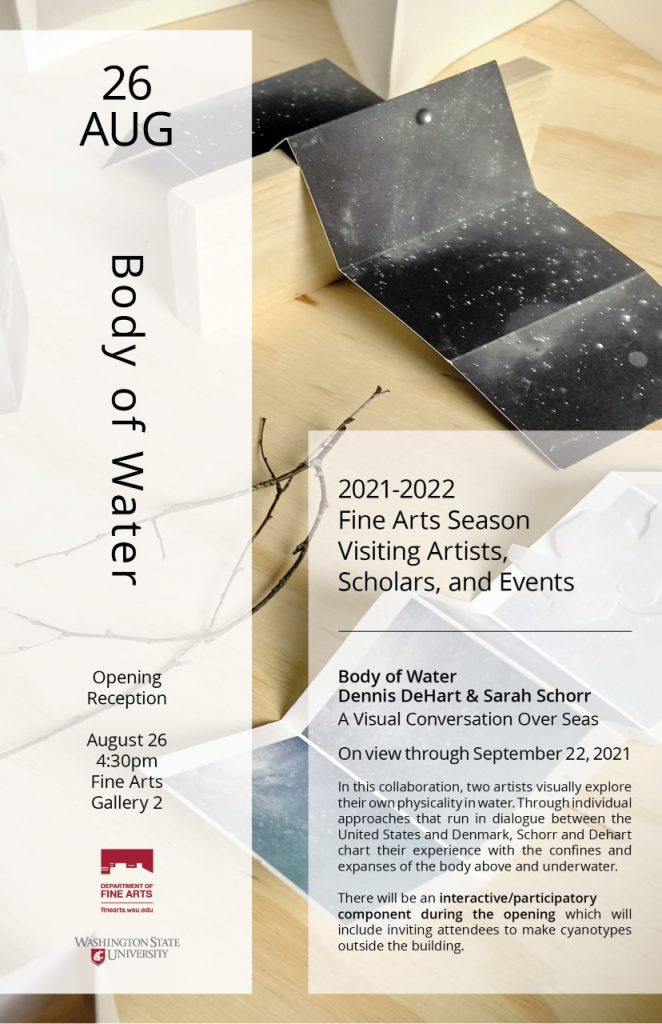
BODY OF WATER
A visual conversation over seas
dennis dehart and sarah schorr
exhibition: holme kunsthal (denmark) and cub gallery (united states)
what happens to the body in water?
fear. pleasure. relaxation. healing. danger…
water alters the body‘s landscape. our skin textures rise and fall. our oils repel water and yet our skin becomes delicate in water.
we see temperature on the body. the colors of our body shift in cold and heat.
we train our bodies to move with water.
underwater, we have to manage our air.
in this cross-sea collaboration, two artists visually explore their own physicality in water. through individual approaches that run in dialogue between the united states and denmark, this exhibition follows the body in water. through installing work to emphasize the conversation between the two installation spaces, schorr and dehart chart their experience with the confines and expanses of the body above and underwater.
ss: my project begins through examining my awe of diving. it might be the most exquisite sport to watch. diving terrifies me personally. my breath quickens when i imagine entering the water headfirst. i take this heightened physical response as my point of departure.
Dd: i am engaged with the physicality of movement through water, by kayak and body. while photographing both from under and above water as I (we) pass through landscapes of memory and time, art and water keep me whole.
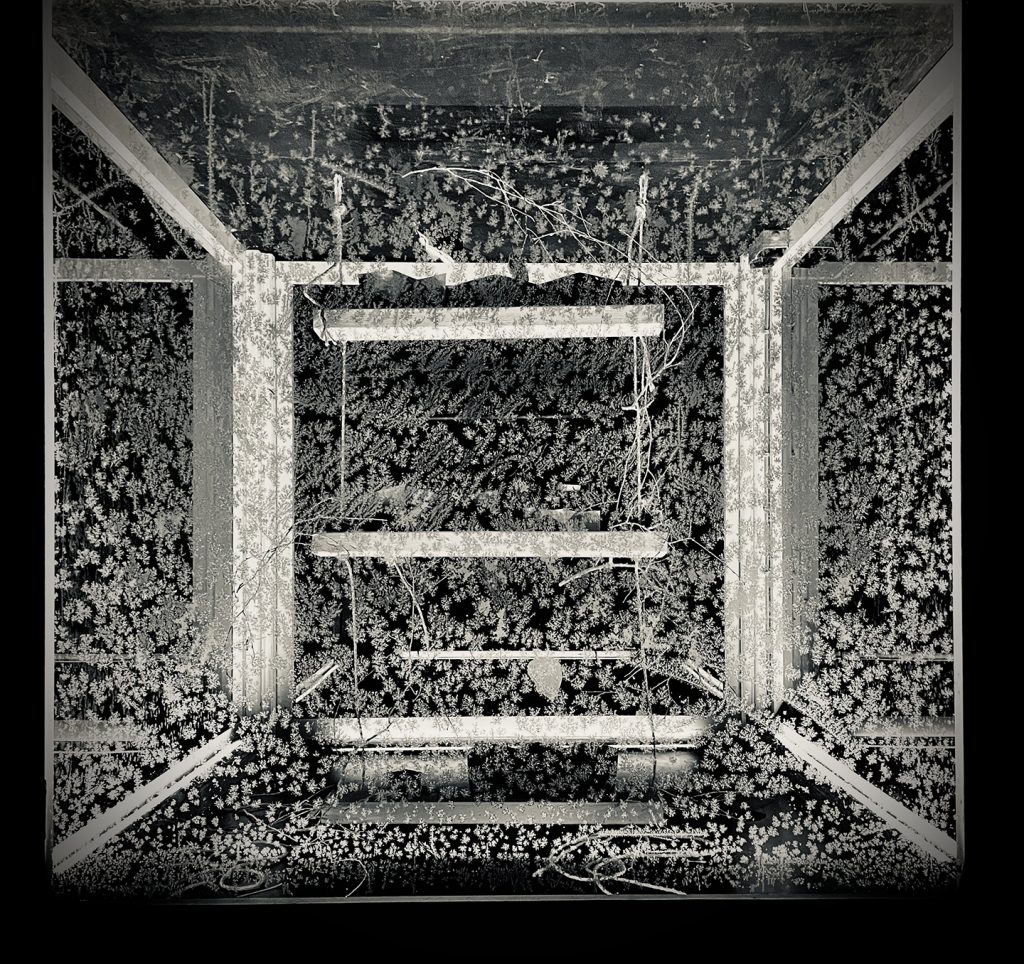
Professor uses still images to bring water rights to life
Environmentally aware photographer pulls from travels for inspiration
During his nine years in Pullman, associate professor of photography Dennis DeHart has focused his attention — and the lens of his camera — on the waters of the Snake and Columbia rivers.
DeHart said he considers himself a “lens-based artist” and that he uses his photography to learn about water rights and usage.
“Art is a tool for learning,” DeHart said. “I’ve always liked art to learn about things, hence the river projects are me educating myself about the place we live and the issues that happen here.”
DeHart said the era he grew up in made him very politically and socially engaged, which influenced his photography.
“A lot of my art was actually not really so much about art as about social justice and environmental rights,” DeHart said.
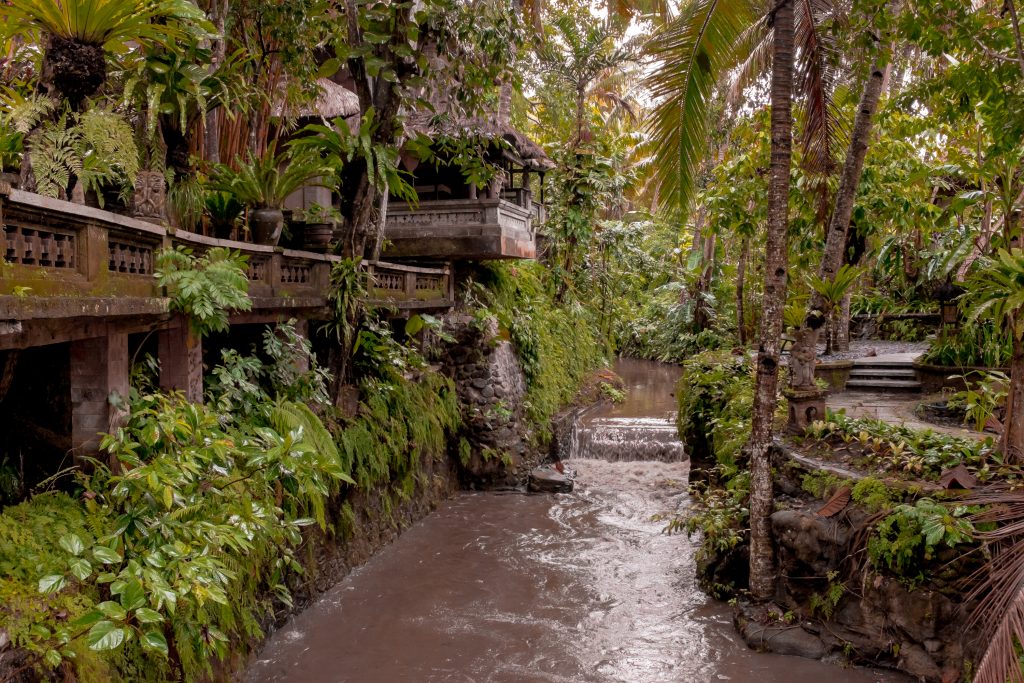
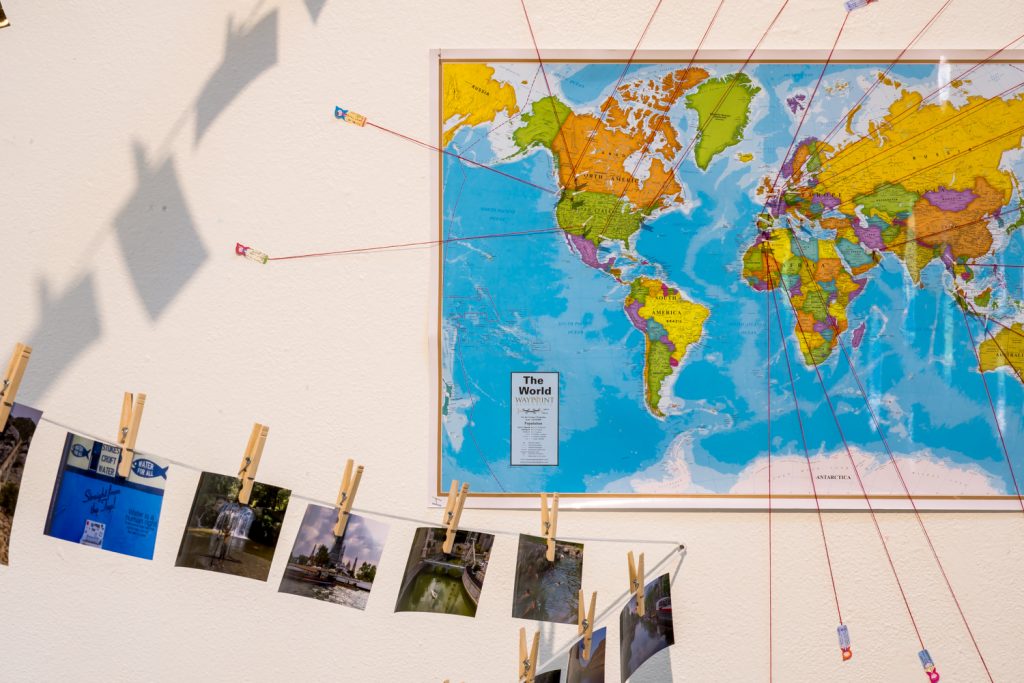
DeHart studied filmmaking at Evergreen State College before going to graduate school for photography at the University of New Mexico. He said living in New Mexico made him very aware of concerns surrounding water.
“Water in New Mexico is a really big deal because there’s not a lot of it,” DeHart said. “Being from the northwest, the west side, we don’t think about water as much because it’s everywhere … we take it for granted, maybe, more so here.”
In 2017, DeHart traveled to 15 countries to capture images of water issues for one of his recent ongoing projects, titled “Confluences.”
“His images draw you in aesthetically and also in terms of a story,” said English professor Debbie Lee, who started working with DeHart in 2013 for one of her projects. “The images have emotion to them even though they’re still.”
Linda Russo, WSU clinical associate professor of English, said DeHart contributed to her project “EcoArts on the Palouse.”
“There’s a grand scale to his work that helps to rescale our relationship to these backspaces,” Russo said. “[His images] are humbling to look at, because they often show the effect you would have on the landscape.”
DeHart said following his passion and pursuing a career in photography was not necessarily the most logical or pragmatic choice for him, but it felt like the right decision.
“I’m not trying to say I’m the happiest person in the world, but I feel fulfilled for the most part,” DeHart said. “I feel satisfied.”
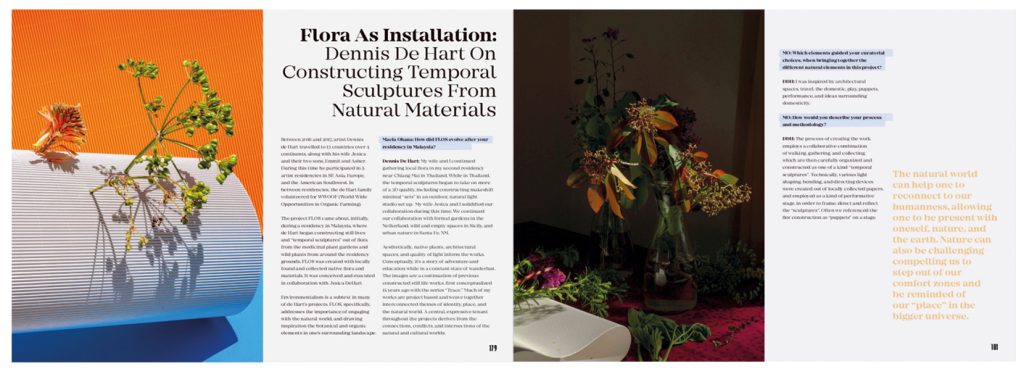

WSU professor turns world travel into art, education, research
June 22, 2017
By Adriana Aumen, College of Arts and Sciences
PULLMAN, Wash. – Malaysia to Morocco, New Mexico to the Netherlands — WSU fine arts professor Dennis DeHart is globetrotting with a purpose, weaving his world travels into art, education, research and community service.
An interdisciplinary artist and photographer, DeHart is on one-year sabbatical from teaching at WSU to work on three distinct projects, including an innovative, arts-based examination of water rights issues in the U.S. and abroad. Discrete aspects of place and time figure prominently into each project.

“My goal is to connect with diverse audiences through transdisciplinary works while I innovate and educate myself and others,” DeHart said.
“We live in a highly complex and interconnected global society, and the United States is composed of a rich tapestry of cultures from around the world. Traveling teaches patience, adaptability, tolerance, curiosity, open mindedness — all skills that I will bring back to the classroom. Travel also helps me, as a teacher, to have a context for our students from other countries and to better navigate cultural differences.”
Since August, DeHart has visited more than a dozen countries on four continents, stopping at universities, museums, cultural sites and artist retreats to teach, study, explore and make art.
Water: A force that transcends boundaries
In his work focused on water, particularly rivers, DeHart explores the interconnections of water and culture and ponders the role of water as a force that transcends social constructs and boundaries. It is part of his ongoing research and creative project “Confluences: Circumnavigating the Territory.”
As population grows worldwide and climate change alters critical ecosystems, society’s demand on water resources will only intensify, DeHart said. “Designing solutions to alleviate pressure on this precious natural resource will require collaboration across disciplines, cultures and institutions. This particular research is oriented towards collaboration, social practice, joint authorship, experimental media and publication,” he said.
“Art is often at the locus of providing a nuanced perspective on being a human and all the consequences of our choices,” said WSU interim fine arts chair Squeak Meisel. “Dennis’s creative research demonstrates what the arts can remind us through means beyond words. I greatly anticipate the outcomes of his sabbatical research and the impact it will bring to his family, our community, the department, college, university and world at large.”
Now global in scope, “Confluences” initially focused on water issues in the Columbia River Basin of Washington and Oregon, where the artist grew up and wandered widely.
Through images of lakes, rivers, dams and both pristine and human-impacted waterways, the broader work, which includes some narrative, examines various stories and mythologies associated with water and its social, cultural and economic significance. Informed by his recent far-flung travels, it explores, for example, the universal understanding of water in terms of survival: Can we drink the water? Where does it come from? Where do I get it?
Blending art, travel, intercultural experience

This fall, DeHart will return to his position as an associate professor and photography area coordinator at WSU.
Before returning stateside, he will have collected several new stamps in his passport along with many teachable insights from firsthand views of critical infrastructure and important historic and cultural sites, including storm-water systems in Seattle, aqueducts in Portugal, water temples in Bali, desalination plants in Dubai, the Mekong River in Cambodia, water gardens in Marrakesh, and the canals of Amsterdam.
His wife, Jesica, and two young sons joined in the journey and play a significant role in the second of his current projects, a photo journal called “Errare (Wandertime).” http://www.dennisdehart.com/wandertime/
The work “blends the boundaries of art, travel and intercultural experience in a post-studio, hyper-locality context,” DeHart said. From a vibrant Cambodian wharf scene to a monochrome vista of Sahara sands, the images capture vivid moments ranging whimsical to sublime.
Meanwhile, his third project combines temporal sculptures and still livesconstructed from bits of flora and other natural materials, and produced in collaboration with Jesica during artist residencies in Malaysia and Thailand.
Designed for a fine art gallery context, they reflect a synthesis of long-simmering creative ideas about connections, conflicts and intersections of nature and culture. Native plants, architectural spaces, quality of light and some distinctly Asian influences inform the works.
In May, DeHart completed an artist residency focused on water issues held near the Rhine River in the Netherlands. In July, he’ll wrap up his sabbatical with a monthlong residency at Santa Fe Art Institute, whose yearlong theme centers on water rights. His sights also are set on presenting his art and research at River Arts, a symposium for artists, writers, geographers, biologists, community members and others interested in water issues, at Selkirk College, Canada, next year.
This month, he is working with his family on an organic farm in rural England near the River Arrow and the Welsh border, making art and connecting with nature and people from diverse cultures and communities.
DeHart’s scholarly and creative work focused on water issues aligns with WSU’s Grand Challenges, a suite of research initiatives aimed at resolving large societal issues, including resource sustainability.
Media Contacts:
- Dennis DeHart, associate professor of fine arts, dennis.dehart@wsu.edu
- Adrian Aumen, College of Arts & Sciences communications, adriana@wsu.edu, 509-335-5671
Santa Fe Art Institute opening, July 2017
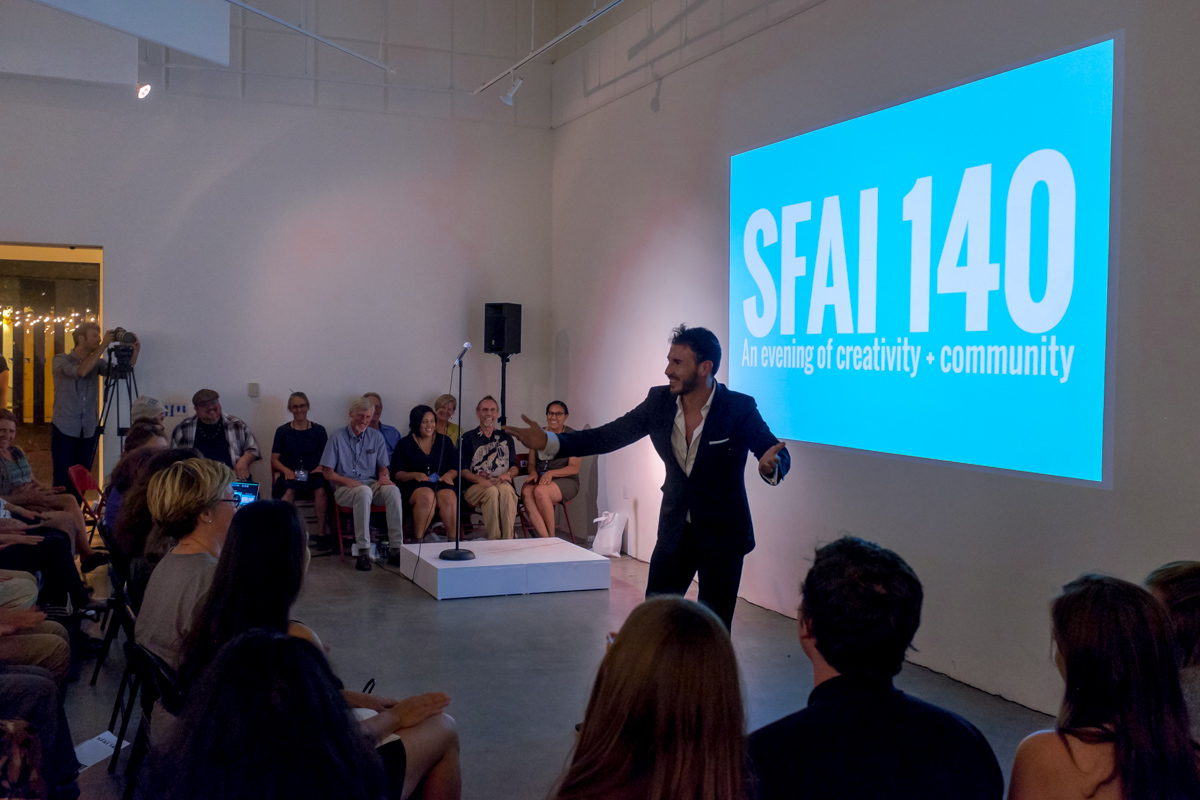
The Hour of Land, 9.16
The Hour of Land,A Personal Topography of America’s National Parks, by Terry Tempest Williams
“Liberty is the right to question everything.” Ai Weiwei
“Humility in the face of humanity allows us to see ourselves as “one species among many,” not the indomitable center of human-developed world.” -Terry Tempest Williams
You may have noted that 2016 is the United States National Parks Centennial. Now encompassing fifty-nine protected areas, the National Parks are one of the United States great ideas and national treasures. In celebration of one hundred years, culture production is happening throughout 2016, including for example, the Eastman Museum’s usual suspects exhibition, Photography and America’s National Parks and the eye-popping IMAX movie, National Parks Adventure, an exhilarating celebration of the National Parks, with the subtext of a lifestyle and car advertisement.
In Terry Tempest latest book, The Hour of Land, A Personal Topography of America’s National Parks, Williams has written a book about the “relationships inside America’s national parks.” As the title suggests, Williams writes about the dozen parks she visits for the book, often with a highly personal voice that weaves family, history, and memory into an engaging, and at times intimate portrait of her relationships to both place and people.
Of the twelve essays, each representing one of the parks she visits, William’s employs a varied approach in her essays, both in terms of content, and stylistic form. For example, several of her essays are an education in and of themselves, engaging with topics ranging from history, environmental policy, and politics. In her essay, Gettysburg National Military Park, Pennsylvania, William’s dives deep into our nations bloody civil war. Her writing is both a history lesson on the infamous military battles in addition to ongoing interpretation of the civil war, which, for example is expressed by one volunteer park guide as a war about “the big man telling the little man what to do.” Other essays are written in the form of letters and correspondences, and yet other essays read like travel literature and even a love poem.
The Hour of Land can be read on multiple levels. Ranging from an engaging read on the history and motivations for the national parks, to a call for preservation and environmental stewardship, each essay opens up yet another vantage point and conversational perspective. I connected to William’s essays on multiples levels, ranging from living in the Pacific Northwest and my proximity to many of the parks she writes about, to a reverence for nature as a kind religious experience including as a father, artist, and environmentalist.
The Hour of Land includes selections of iconic photographers curated by Frish Brandt. William’s writes, “Their images create an emotional landscape alongside the physical one explored through each park in this book. By touching the essence of place, another kind of poetic crossing is made.” She later writes, “While the politics of the book are often charged, the photography resides in a kind of tranquil celebration that on one hand will comfort the casual observer.” While the photographs are almost entirely landscape in nature, the book does includes Richard Avedon’s portrait of Cesar Chavez, which is an important visual expression of the dance she negotiates in terms of social justice issues and the environment.
In the essay entitled Alcatraz Island, Golden Gate National Recreation Area, California, Williams delves into the history and culture of Alcatraz Island, which is engagingly juxtaposed with the exhibition, entitled @Large: Ai Weiwei on Alcatraz. William’s thoughtfully visits Ai Weiwei’s Alcatraz exhibition and weaves an important analysis of his art works in respect to social justice, human rights, and freedom of expression. Using the platform of art, Ai Weiwei is a dynamic spokesman for free expression and liberty. Imprisoned and censored himself in China, his words and exhibition are powerful statement that touches on a few of the Hour of Land’s central tenants. Ai Weiwei writes, “All aesthetic judgments we are making are moral choices,” which Terry Tempest Williams follows up with “All environmental choices we make are moral choices.”
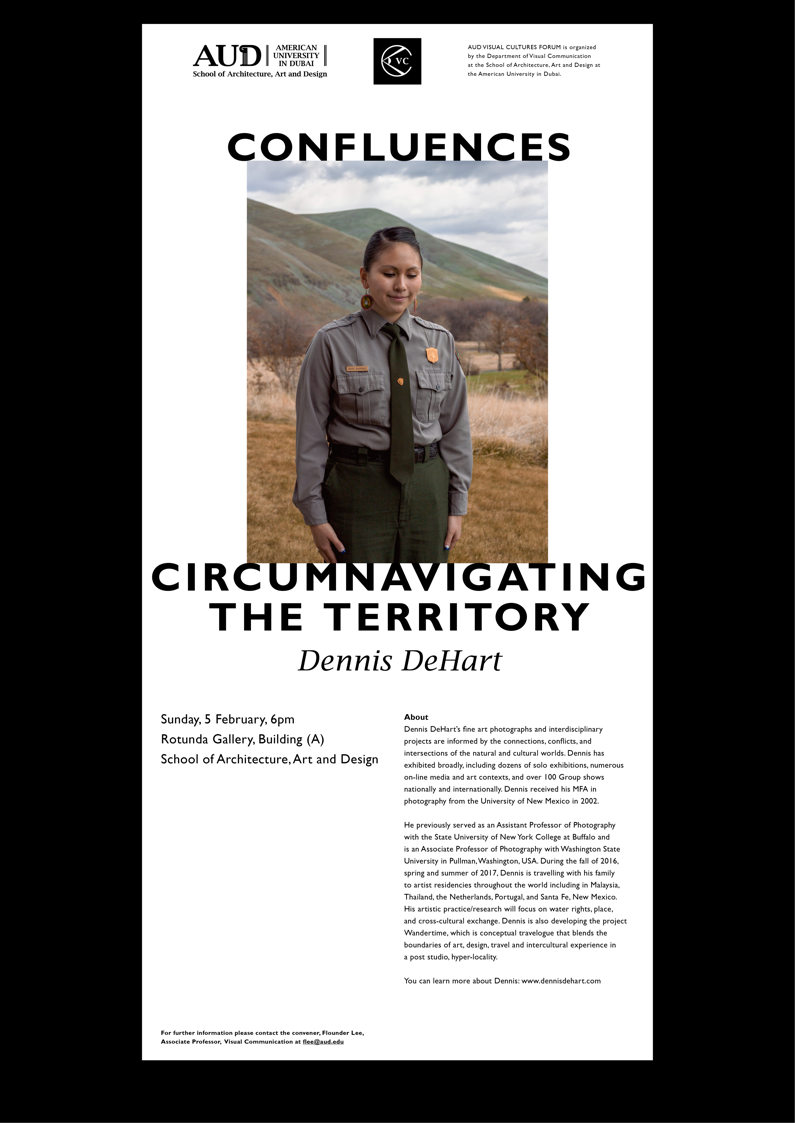
Materials and Process, 12.15
Outdated Gelatin Silver Paper, exposed to the sun and shaped
I have been experimenting with photography as an object, process, and physical material for over 20 years. My process and relationship to materials and objects has taken on many different shapes and forms including experimental darkroom work, hand building images, and found objects. While in Scandinavia in 2013, I began making “temporal sculptures” as part of the series Concentrate to the Quiet. The images were inspired by the immediate environment, contemporary art photography, and Modern European design. The book Century of the Child: Growing By Design 1900-2000 by Tanya Harrod (Museum of Modern Art, NY, 2012) also provided inspiration. (thanks to Nina Katchadourian for recommending it).
Workbench with objects, silver paper, digital prints of “temporal sculptures”
The interplay of photography as an object, in addition to sculpture and photography has a long history. Much of my intellectual interest in the subject was motivated by artist Thomas Barrow and historian Geoffrey Batchen, along with most of my MFA class (Ian, John, Myra, Patrick, Chris, Sarah, Glenn, Kathleen, +++) while attending the University of New Mexico. More recently, I have been inspired by many artists/photographers work (its a long list) in addition to a workshop I co-taught with my colleague, Squeak Meisel, entitled photography as sculpture, sculpture as photography.The included images were created during May through July, 2015.temporary lighting studio on Moscow Mountain, 7.15
Oakland Story, 10.15
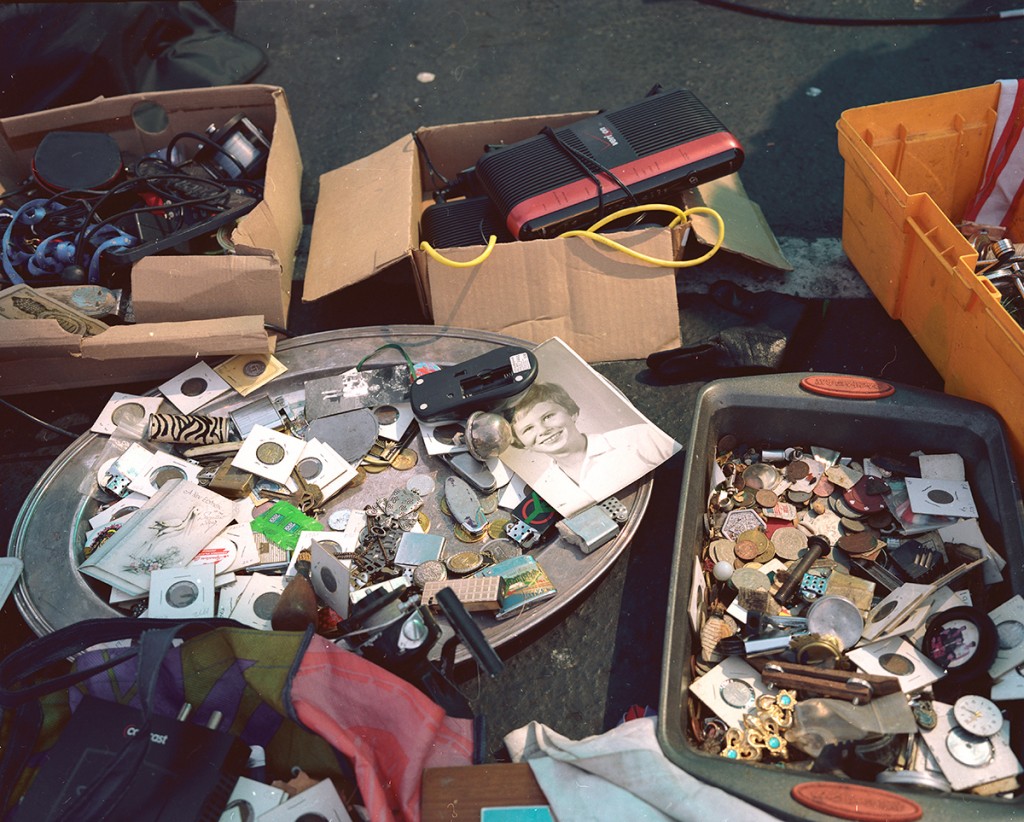
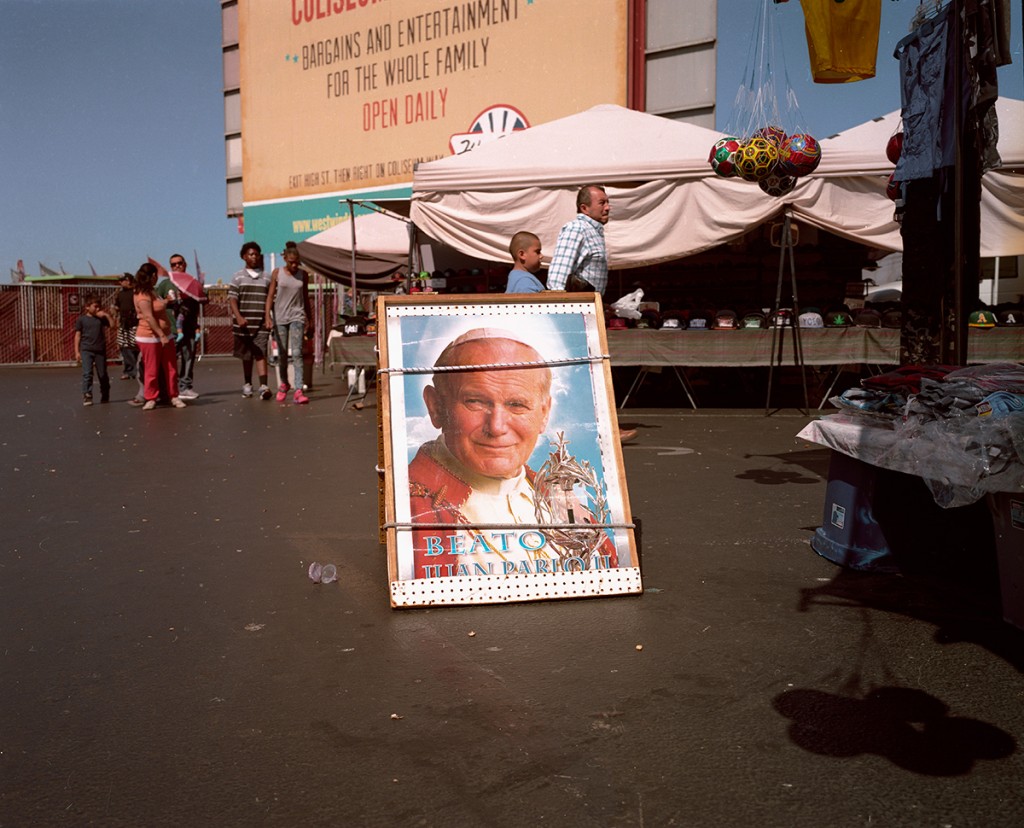
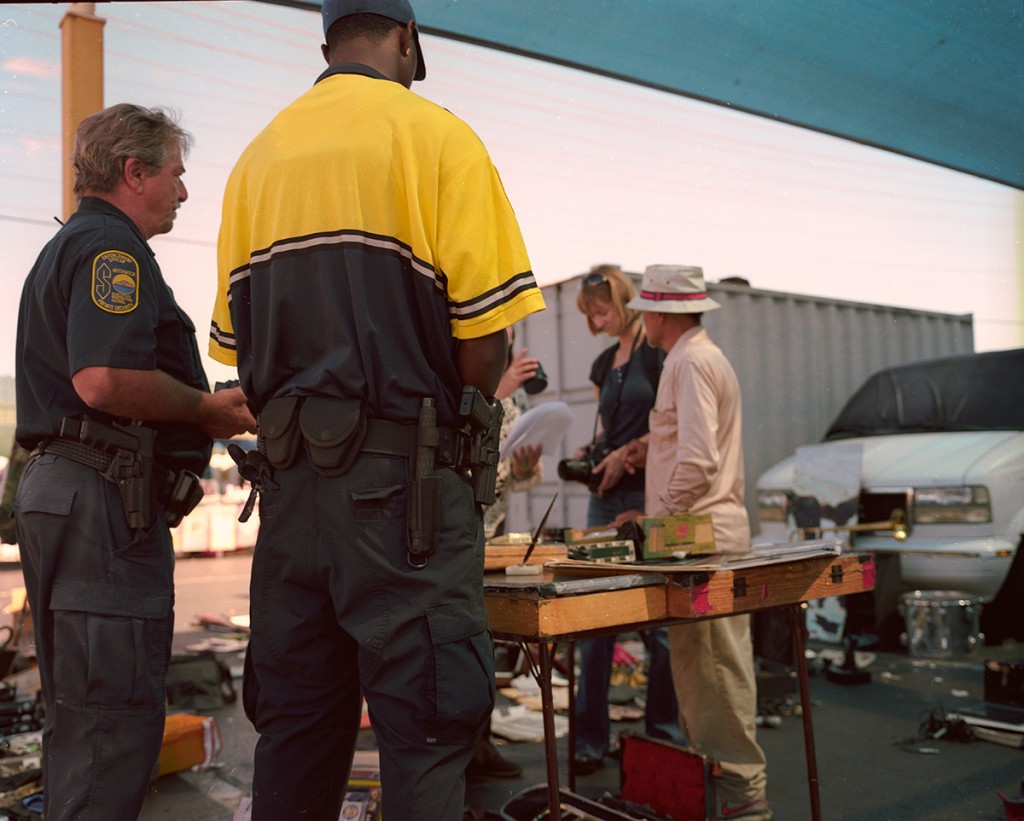
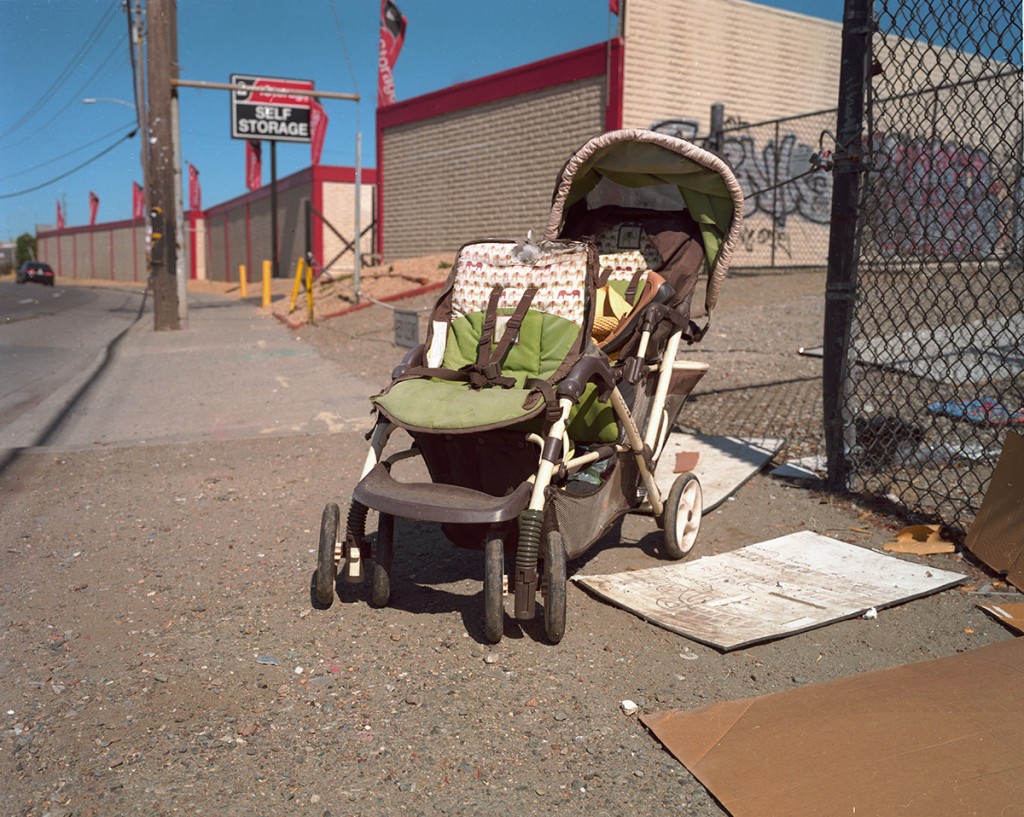
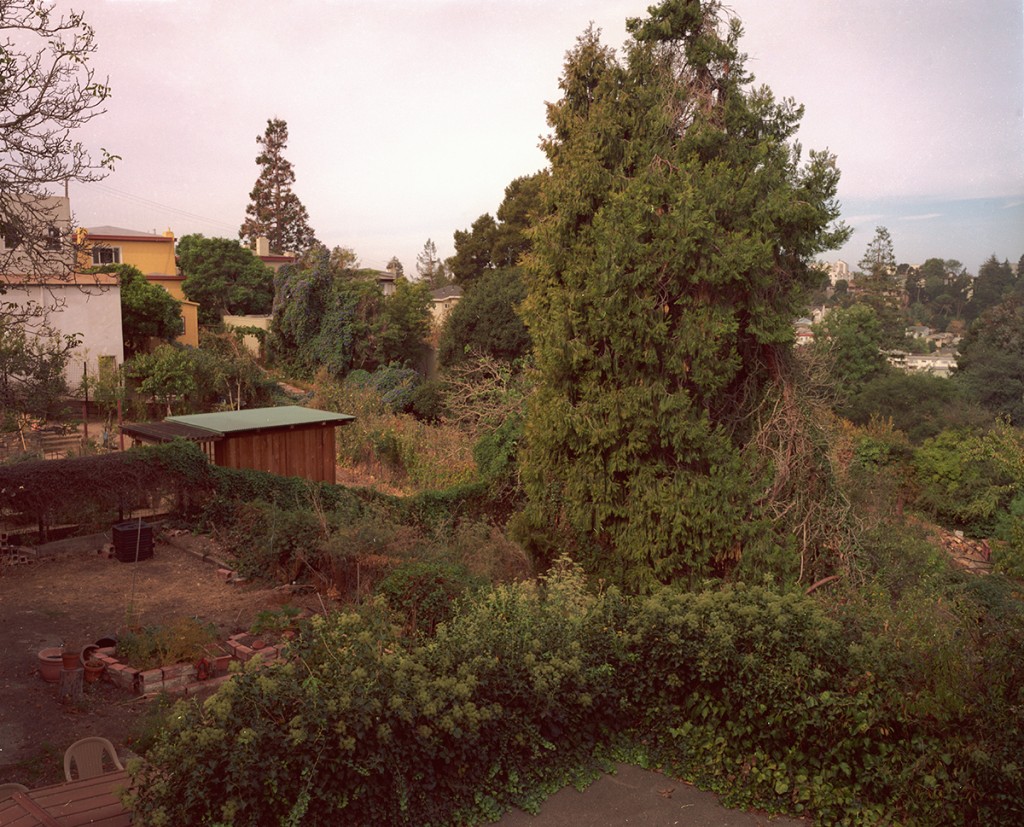
Los Angeles Opening, 8.14
SPOT Photo Works announces its August 2, 2014 opening in the landmark architectural buildings known as “Crossroads of the World” at 6679 Sunset Boulevard in Hollywood. SPOT, a contemporary photography gallery, will present the work of artists whose images reference nature and development, notions of home and family, social change and identity – in other words, life and the human experience.
In its inaugural exhibition, Spot Photo Works is pleased to present “Concentrate To The Quiet,” new photographs by artist Dennis DeHart. An opening reception will be held Saturday, August 2, 2014 from 6:00 pm to 9:00 pm with the exhibition continuing through September 16, 2014.
Compelled by the connections, conflicts, and intersections of the natural and cultural worlds, Dennis DeHart’s work weaves together stylistic observation with a personal voice. Experiencing place though participation is an important conceptual component as DeHart states: “My main concern is in expressing interconnections; that what we do in our own backyard has a broader affect on the larger world we live in.”
“Concentrate to the Quiet” is composed of color portraits, landscapes and still lives taken while Dennis DeHart was an artist-in-residence at the Backlight Photography Festival held at Voipaala Art Center in Finland. The work includes temporal sculptures and found objects expressed as photographs. “In Finland, everyone may walk, ski or cycle freely in the countryside where this does not harm the natural environment or the landowner. I spent a good portion of my time in Voipaala and environs roaming and photographing in the countryside.” The resulting photographs are informed by Scandinavia/Nordic aesthetics including light, design, quality of craft, and simplicity.
Dennis DeHart (b. 1970, Hood River, OR) is an artist and Associate Professor of Photography at Washington State University, Pullman, Washington. He previously served as an Assistant Professor of Photography at State University of New York College at Buffalo. DeHart received an MFA in photography from the University of New Mexico in 2002. He was awarded grants from the New York State Council on the Arts and the Arizona Commission on the Arts. Dennis DeHart’s photographs are included in private and public collections including the Getty Archives in Los Angeles, The City of Phoenix, and the Museum of Fine Arts, Houston. Most recently DeHart lectured at the University of Nantes in France and exhibited his photographs in a solo exhibition at the Pingyao International Photo Festival in China. This is his first Los Angeles exhibition.
SPOT Photo Works is a partnership between Kathleen Clark and Russell Adams. SPOT’s Director Kathleen Clark, has mounted exhibitions at a variety of locations including Clark|Oshin Gallery, Leica Gallery Los Angeles and Month of Photography LA, exhibiting such artists at Dan Winters, Jill Greenberg, Hugh Kretschmer, Marjorie Salvaterra, David Strick, Fredrik Broden and Gregg Segal. She was the longtime Photo Director at Los Angeles magazine and LA Weekly and was Publicist for the NW Film Center at the Portland Art Museum. She has an MFA from UC Irvine, and her personal and collaborative work showed extensively throughout the West Coast in the 1980s-90s.
Russell Adams has owned and operated Schulman Photo Lab (located next door to SPOT) since 1991. The boutique analog darkroom and digital lab specializes in fine art exhibition printing as well as printing and drum scanning for photographic book projects. Clients for Russell Adams’ master photographic printing include a range of established and emerging fine art photographers, cinematographers and publishers. Adams studied Art at Tulane University.
Spot Photo Works location at Crossroads of the World follows a long and storied tradition of the complex housing creative businesses and artists from a variety of disciplines. Designed by architect Robert V. Derrah and built in 1936, Crossroads of the World was initially opened as America’s first outdoor shopping mall. Derrah’s unusual design features a central streamline moderne building resembling a cruise ship at dock between buildings reflecting an array of international village themes: Spanish, Moroccan, English Cottage. The quirky and intimate design drew an extensive clientele of tenants for Crossroads’ office space including F. Scott Fitzgerald, Beatrice Wood, Alfred Hitchcock, Tim Burton and Taschen Books, while numerous musicians recorded or rehearsed at the complex including Crosby, Stills & Nash, Bonnie Raitt, The Eagles, Melissa Etheridge, Fleetwood Mac, Gladys Knight, BB King, and Aretha Franklin. In short, a visit to Spot Photo Works, is also an opportunity to view one of Los Angeles and Hollywood’s architectural gems.

La Problématique, 4.14
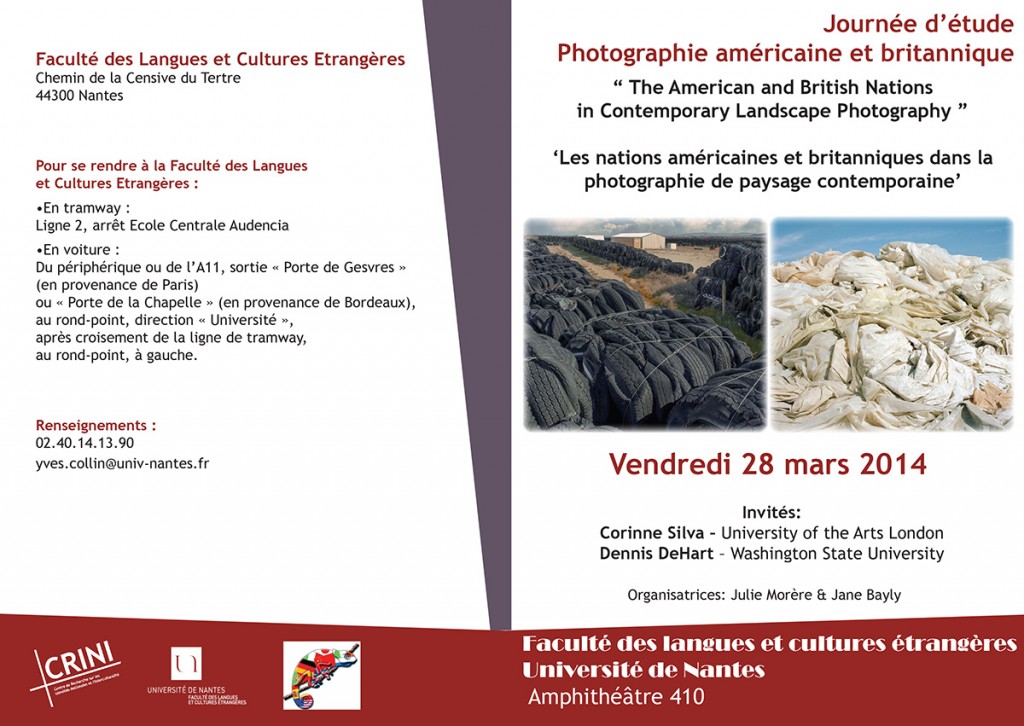
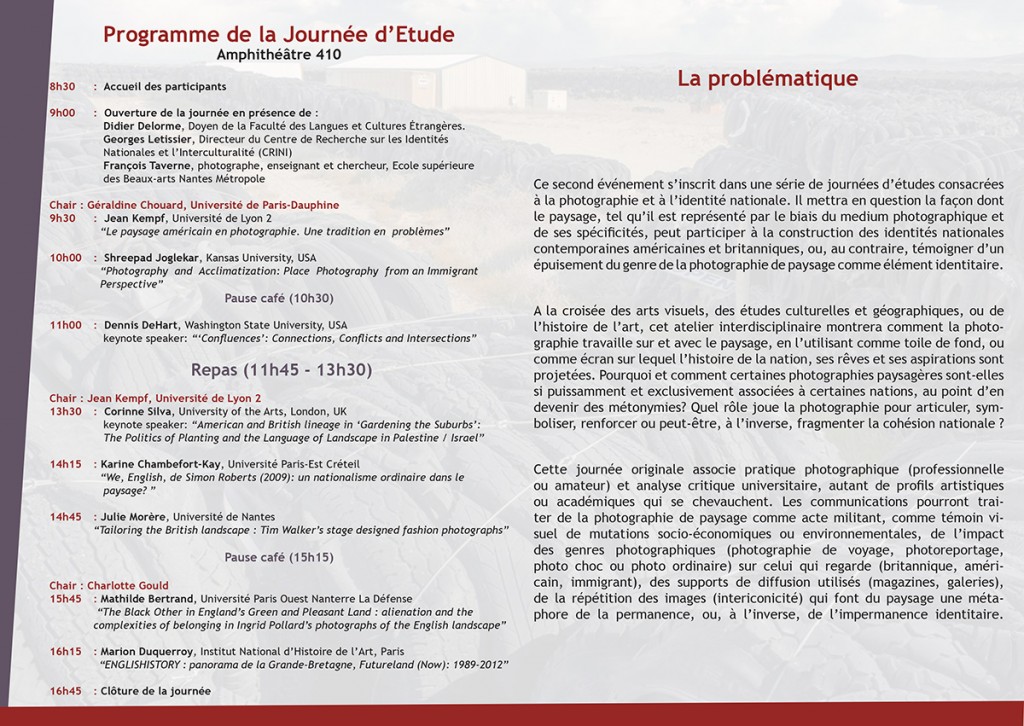
I was the Keynote speakers for the workshop The American and British Nations in Contemporary Landscape Photography at the University of Nantes in late March. Financial support was generously provided by the CRINI (Centre de Recherche sur les Identités Nationales et l’Interculturalité) of the Université de Nantes, France.
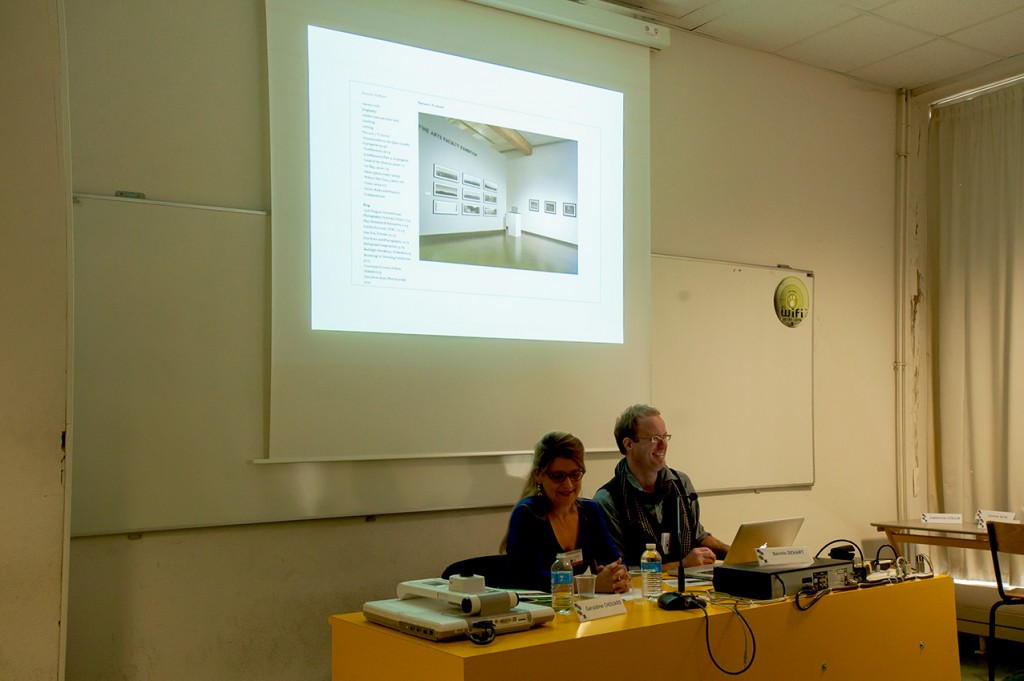
Chair Geraldine Chourad, Universite de Paris-Dauphine, and Dennis DeHart, Washington State University.
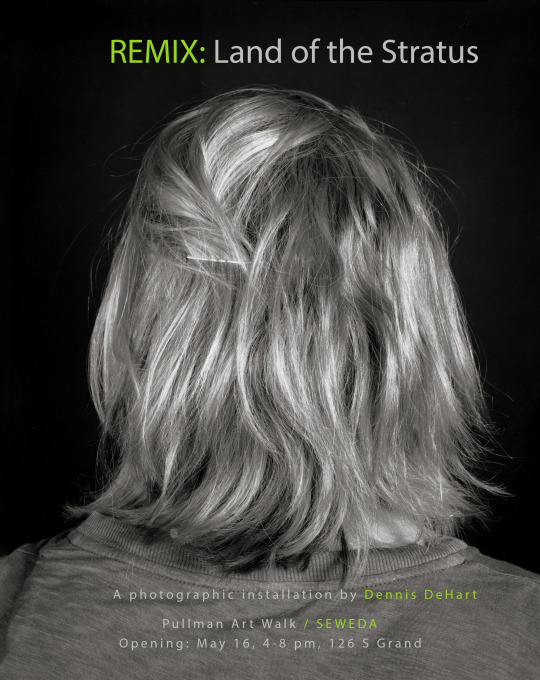
Evergreen, 11.2013
Visual Edge: Dennis DeHart’s Confluences
Insider’s look at the oddities and the beauty of the Pacific Northwest
By Alec Clayton on December 11, 2013, The Weekly Volcano / Northwest Military
You are invited to travel through the byways of Eastern Washington, Oregon and Idaho with photographer Dennis DeHart at Galerie Fotoland at The Evergreen State College. DeHart, a TESC graduate who teaches photography at Washington State University, has trained his lens on many of the out-of-the-way places in the Northwest to provide an insider’s look at the oddities and the beauty of the region and a look into the devastating effects of industry on once pristine lands.
He approaches his photographic journey with an artist’s eye for color and composition and with obvious sympathy, and even reverence, for the land and its people. Not to mention a quirky sense of humor.
His photographs capture eccentric roadside attractions like a larger-than-life statue of Paul Bunyan in front of a high school or the interior of a bar with dollar bills tacked all over the walls, each bill written upon and signed; or the outer wall of an Elks Lodge with two boarded-up windows and in each window a painting of an elk – this latter image is like one of Rene Magritte’s paintings of paintings in which you see a landscape painting on an easel set as part of the landscape it is a painting of. That has become an overused trope, but it was brand new when Magritte did it, and it was brilliant of DeHart to find it in nature and capture it with his camera.
There are haunting images of environmental waste such as a picture of a wrecking yard in front of a paper mill with an unspoiled mountain range on the horizon. Hundreds of cars and trucks fill a hillside in this picture that is aesthetically beautiful but which pictures an environmental horror. Lining the top of a hillside are bumper-to-bumper yellow school buses like cars on a freight train.
Also haunting is an image of animal bones in a dry-grass clearing surrounded by sage brush and a similar image of hundreds of clay skeet pigeons discarded in a field of patchy snow. The orange pigeons look like strange mushrooms growing in the snowy field.
And then there is the photo of a clumsily painted and partially painted-over mural of a headless mountain man shooting a bear.
These and many other images are part of a show called “Confluences.” Galerie Fotoland is located on the first floor of the Daniel J. Evans Library at TESC.
“DENNIS DEHART’S CONFLUENCES PARTS 1 & 2,” open during regular school hours, through Jan. 14, Galerie Fotoland, Daniel J. Evans Library, The Evergreen State College, 2700 Evergreen Parkway NW, Olympia, 360.867.6250
//www.youtube.com/embed/CWKJso2XPDY
Lecture at The Evergreen State College, Fall, 2013
Dan Xin: China, Fall 2013
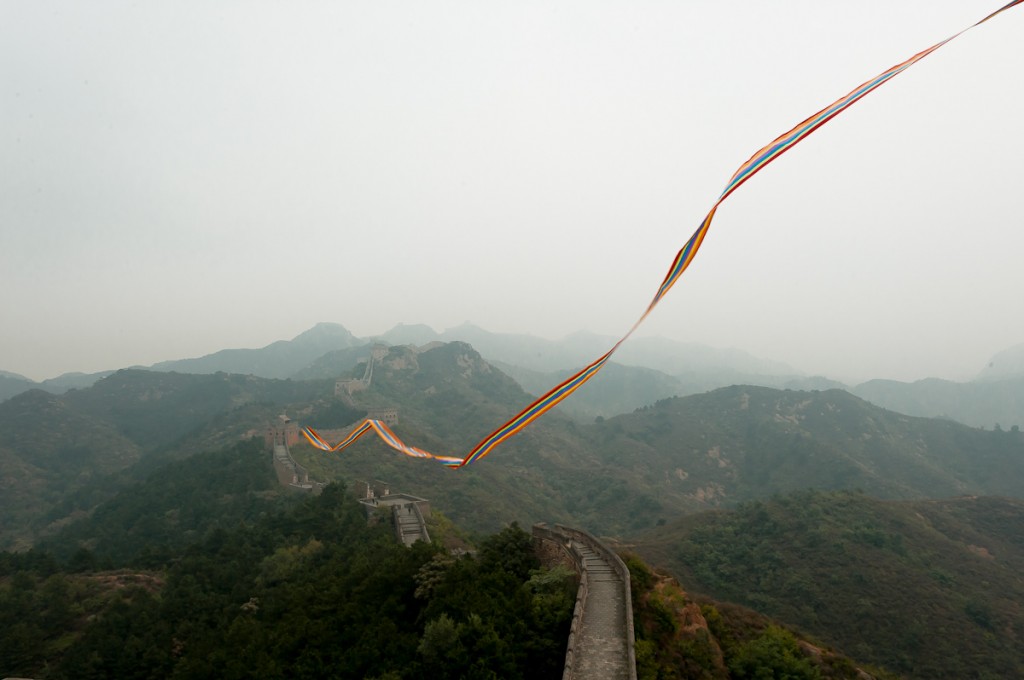
Becoming, 5.13
Uncertain Futures, 6.13
http://cargocollective.com/uncertainfutures
Gallery of Photography, Ireland’s centre for contemporary photography
Dennis DeHart Interviewed by Maeve O’Neill
Can you tell us a little bit about the work; how did it come together and what are its’ main concerns?
When and where a project begins is an interesting concept in itself. With that, I was born and raised next to the Columbia River near Portland, Oregon, USA. The river, its multiple histories, peoples, and stories are issues I grew up around as a child. It was not until after a 20 plus-year hiatus from the region, that I became consciously engaged through photography. My main concern is in expressing how interconnected everything is; that what we do in our own back yard, has a broader affect on the larger world we live in. The rivers are an apt metaphor, as it is a quantitative thing that illustrates the concept literally. For example, when salmon can no longer travel to their spawning grounds because of damning, it affects the entire ecology of the region in measurable ways.
Confluences is an interesting word; it means the point where bodies of water meet – and rivers and dams are crucial to this area – but it also means a flow between different things and the coming together of people. The ways in which different social histories fuse in the landscape are obviously important to you. Can you expand on this?
In engaging with landscapes with significant social histories, I am often struck by the presence in the absence. For example, this winter my two sons and I travelled to Doug Bar in Hell’s Canyon between Oregon and Idaho. The site we visited was quite remote-some 40 miles from the nearest town. It was a place in which the United States Calvary drove the Nez Perce Native American’s across the Snake River and out of their homeland. The layers of history imbued in sometimes seemingly banal spaces, emotionally move me.
Politicians in the US are hesitant to publicly accept the seriousness of climate change; how do you feel this impacts on the issue at a grass-roots level?
US politics have became increasingly polarized, much to the detriment of seemingly common sense solutions. On the grass-roots level, these solutions are often “radicalized”, which can then be used to degrade common sense solutions to the point of ineffectiveness.
The American landscape – rural and urban – holds a symbolic / iconic quality… it’s been channeled into the world via cinema and photography. Do you feel influenced by this?
Indeed, I do feel influenced by the “Myth of the West.” Growing up in the Pacific Northwest of the US, it is nearly impossible not to have been influenced on some level by these narratives. I also went to Graduate school in New Mexico, where the faculty worked to both challenge and inspire us to consider these narratives in a critical and engaged manner. While I am critical in some respects of the concept of the “west”, as an American, I also cannot help but to feel a certain inkling to these stories, problems and all.
And finally; given that digital and Internet technology have changed the medium forever, what do you see in store for photography?
Photography is a little bit like water these days; we depend on it, yet we take it for granted most of the time. I feel there will always be a desire to make art and tell stories, which photography is well suited to do.

Bioregional Imagination, 5.13
Education: Engagement, human element, experiential
Rob Thayer, UC Davis/Nature culture courses-bioregion.ucdavis.edu
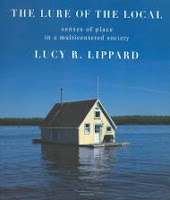

The Localization Reader, MIT
Lure of the Local, Lucy Lippard
Everything is in a state of change

Root of Camas Lily. Photographed at Nez Perce National Historical Park, Spalding, Idaho
Question: What is a natural state?
“Stories are affected by landscape shifts.”
Entropy
Place Based Education
Resources:
footprintnetwork.org
CEREO
Office of Undergrad Education
Center for Civic Engagement
Portland State/Harold Fletcher-Art and Social Practice
Nez Perce and Photography, 2.13
I am currently reading Short Nights of the Shadow Catcher: The Epic Life and Immortal Photographs of Edward Curtis by Timothy Egan. I saw many of Curtis’s prints in Seattle’s Pioneer Square some 25 years ago. While in graduate school, Curtis and his photographs were touched upon in photographic history classes, though generally through the lens of their problematics in terms of representation. Reading Egan’s contemporary account is highly engaging, historically informative, and a fresh view on Curtis and his vision.
Egan writes at length about Chief Joseph and his legacy. While visiting the Wallawa mountains in Oregon (the original home of the Nez Perce and Chief Joseph) I felt both a deep respect and sadness for the Nez Perce people, who had to give up basically everything. The book Chief Joseph and the Nez Perces: A Photographic History by Bill and Jan Moeller documents the battlefield, campsites, river crossings, and trails that the Nez Perce travelled while fleeing the US Army in 1877.
Rebecca Solnit’s 1996 essay, “The Postmodern Old West, or The Precision of Cowboys and Indians”, is a contemporary critical reading of varying mythologies associated with the American west. Ms. Solnit will be in the Palouse at the end of this month, both at UI and WSU. I am very much looking forward to meeting her and showing Ms. Solnit around WSU.
In her essay The Struggle of Dawning Intelligence: Creating, Revising, and Recognizing Native American Monument (1999), Ms. Solnit discusses the book of photographs by Drex Brooks entitled Sweet Medicine: Sites of Indian Massacres Battlefields and Treaties. Nicole Pasulka writes in her introduction for an interview with Brooks for the Morning News, “The history, culture, and even present-day existence of Native Americans are often unnoticed outside reservations. In his “Sweet Medicine” project, Drex Brooks photographed historical sites where conflict between Native Americans and white settlers occurred. Brooks’s work forces audiences to consider the massacres and exploitation Native Americans suffered at the hands of these settlers. The stillness of these overgrown or repopulated sites reminds us of what’s been forgotten and what’s missing.” You can see some pictures from the book and read an interview in the Morning News Sweet Medicine
